Sunlit borders brimming with color, tiny balconies draped in blooms, and pollinator-buzzing patches—today’s flower garden can be almost anything you imagine, so long as it delivers beauty, biodiversity, and a dash of personal joy. Recent design snapshots for 2025 spotlight native species, water-wise layouts, and social, edible beds, proving that good looks and ecological sense can share the same soil. Whether you cultivate a single raised box or an expansive cottage path, the twenty ideas below distill practical know-how, emerging trends, and time-tested tricks into bite-sized, 100-word blueprints. Let one—or many—bloom into reality.
1. Pollinator-Friendly Flower Garden Patch
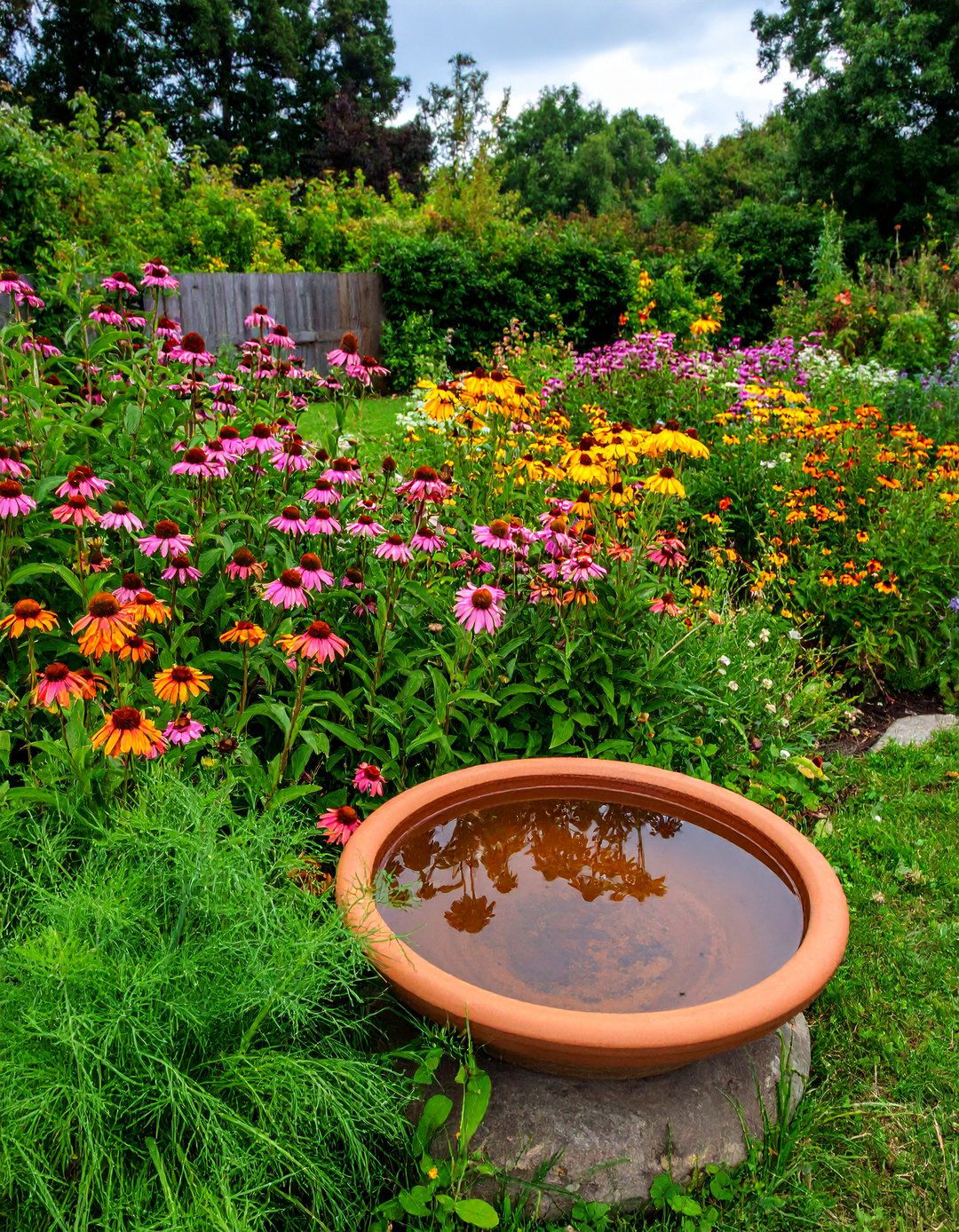
A buzzing, fluttering garden starts with flowers that feed wildlife from early spring to late fall. Combine layers of nectar-rich natives such as bee balm, milkweed, and coneflower with host plants like dill for butterflies, spacing clumps so bees can move easily between them. Leave a sunny bare patch for ground-nesting solitary bees and resist pesticides to protect their health. Tuck in a shallow water saucer filled with pebbles for safe drinking stops. This pollinator-focused flower garden not only supercharges fruit set in nearby beds but also turns every visit into a living science show for kids and guests alike.
2. Native Plant Flower Garden Haven
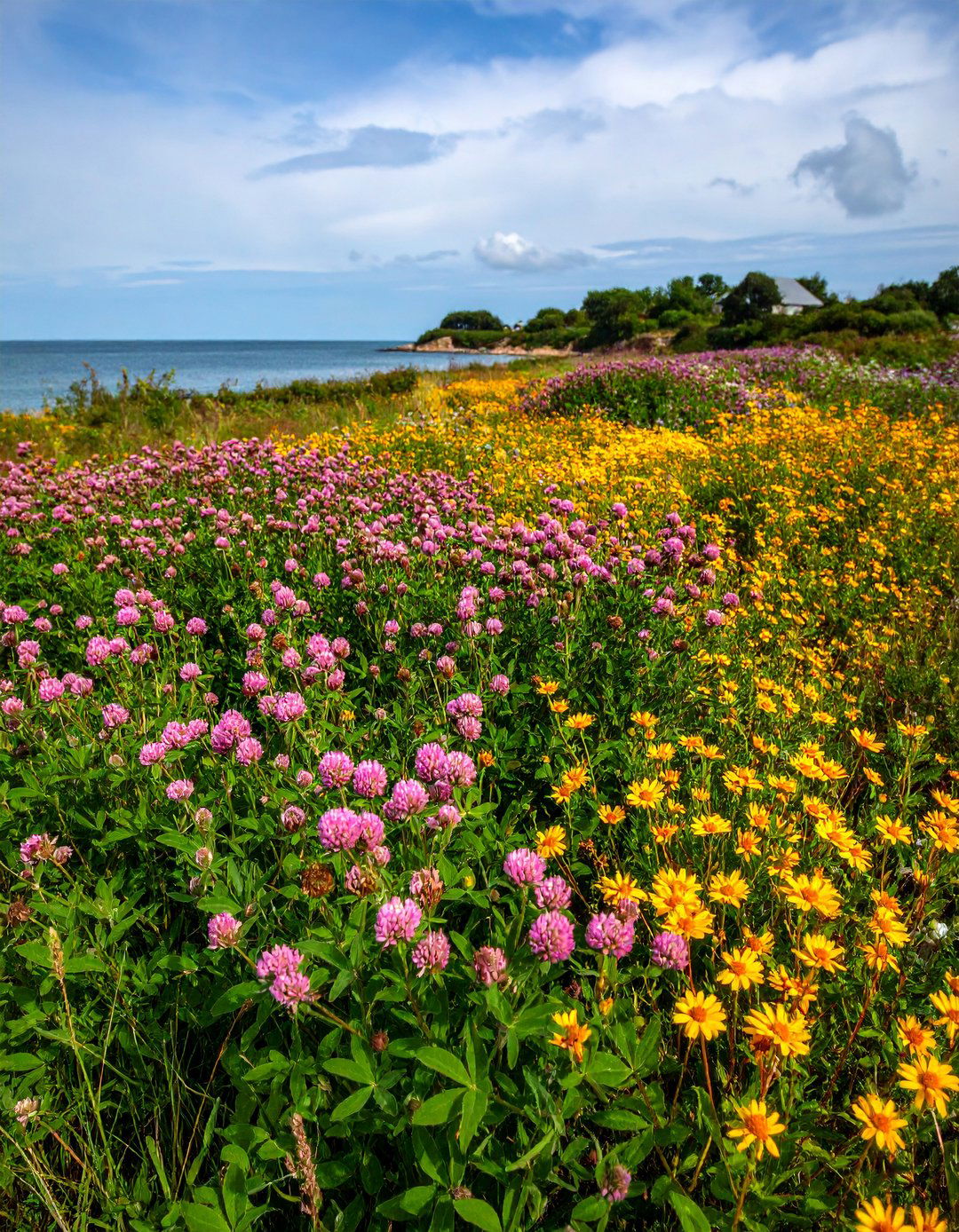
Unlike exotic displays that demand endless inputs, a native plant flower garden matches local soil, rainfall, and wildlife in effortless harmony. Begin by noting sun patterns, then group region-appropriate perennials—think purple prairie clover, goldenrod, or coastal asters—so something blossoms in each season. Because these plants evolved alongside indigenous insects and birds, they supply reliable pollen, seed, and shelter while typically needing less water or fertilizer. Edge the bed with signage naming each species; curious neighbors quickly pick up the conservation message. Over time, expect richer soil life, fewer pests, and a calm, naturalistic aesthetic that still bursts with color.
3. Cottage-Style Flower Garden Pathway
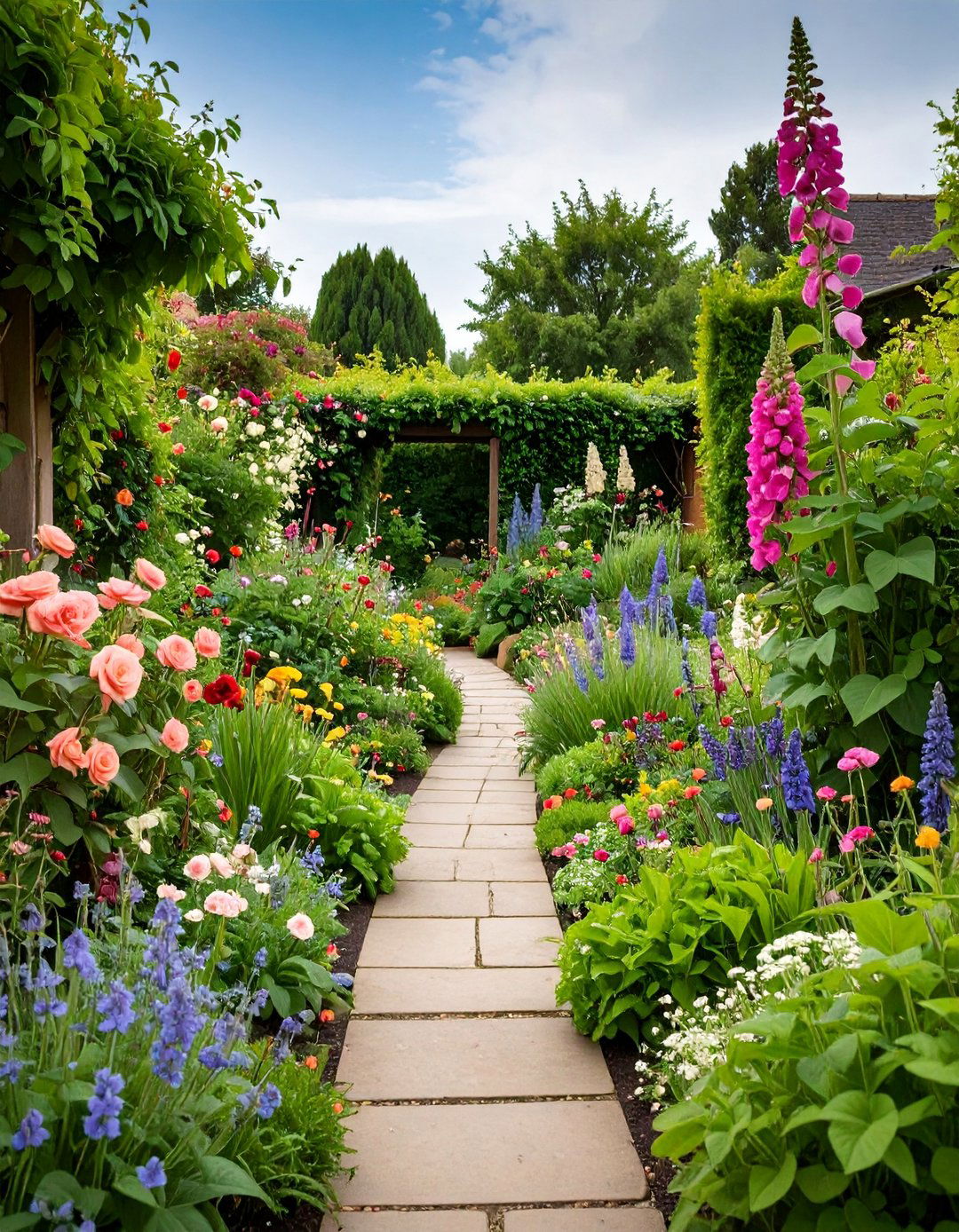
Consider carving a meandering walkway through a cottage-style flower garden where roses mingle with vegetables and herbs in joyful abundance. Curved borders break formal lines, while a picket fence or woven willow edging keeps the riot contained. Layer tall hollyhocks and delphiniums against the backdrop, weave midsized foxglove, phlox, and cosmos toward the center, then spill low thyme or sweet alyssum between stepping stones. Mixing edibles—kale, chard, calendula—adds both color and kitchen harvests without sacrificing charm. Dense planting shades soil and suppresses weeds, making this nostalgic approach surprisingly thrifty on maintenance. Morning strolls feel like wandering a living bouquet.
4. Vertical Flower Garden Wall for Small Spaces
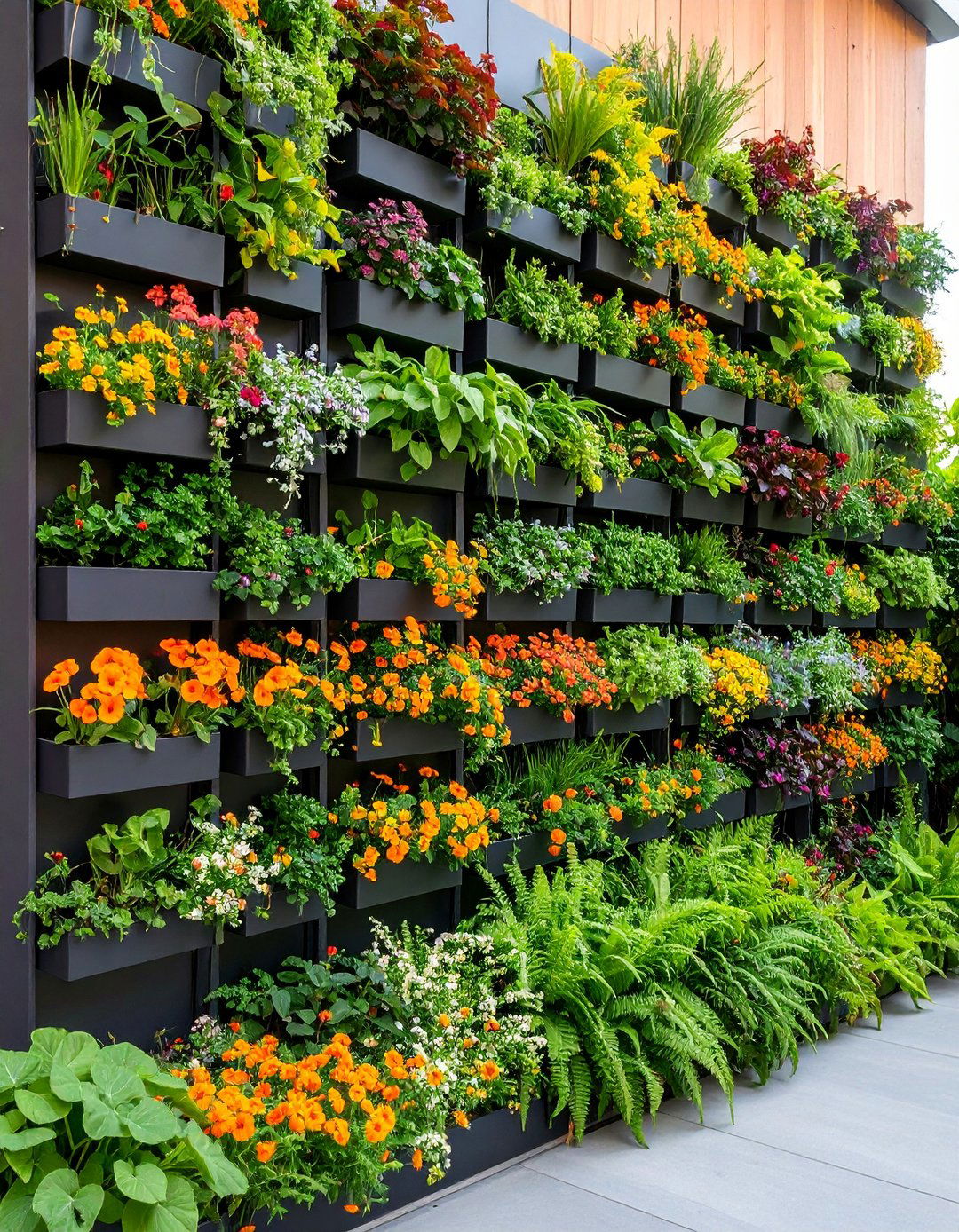
A balcony or narrow side yard can still erupt in blooms by taking the flower garden vertical. Secure modular pockets, recycled gutters, or cedar boxes to a sturdy wall, ensuring drip-line irrigation or self-watering reservoirs reach top tiers first. Fill with compact plants such as dwarf nasturtiums, trailing lobelia, small ferns, and fragrant herbs; rotate heat-lovers toward the sun and shade-tolerant species underneath. Living walls insulate buildings, curb noise, and cool surrounding air while offering instant color where ground beds won’t fit. Regular trimming keeps airflow healthy and prevents root crowding, but rewards you with a lush mural of petals.
5. Raised Bed Flower Garden Layout
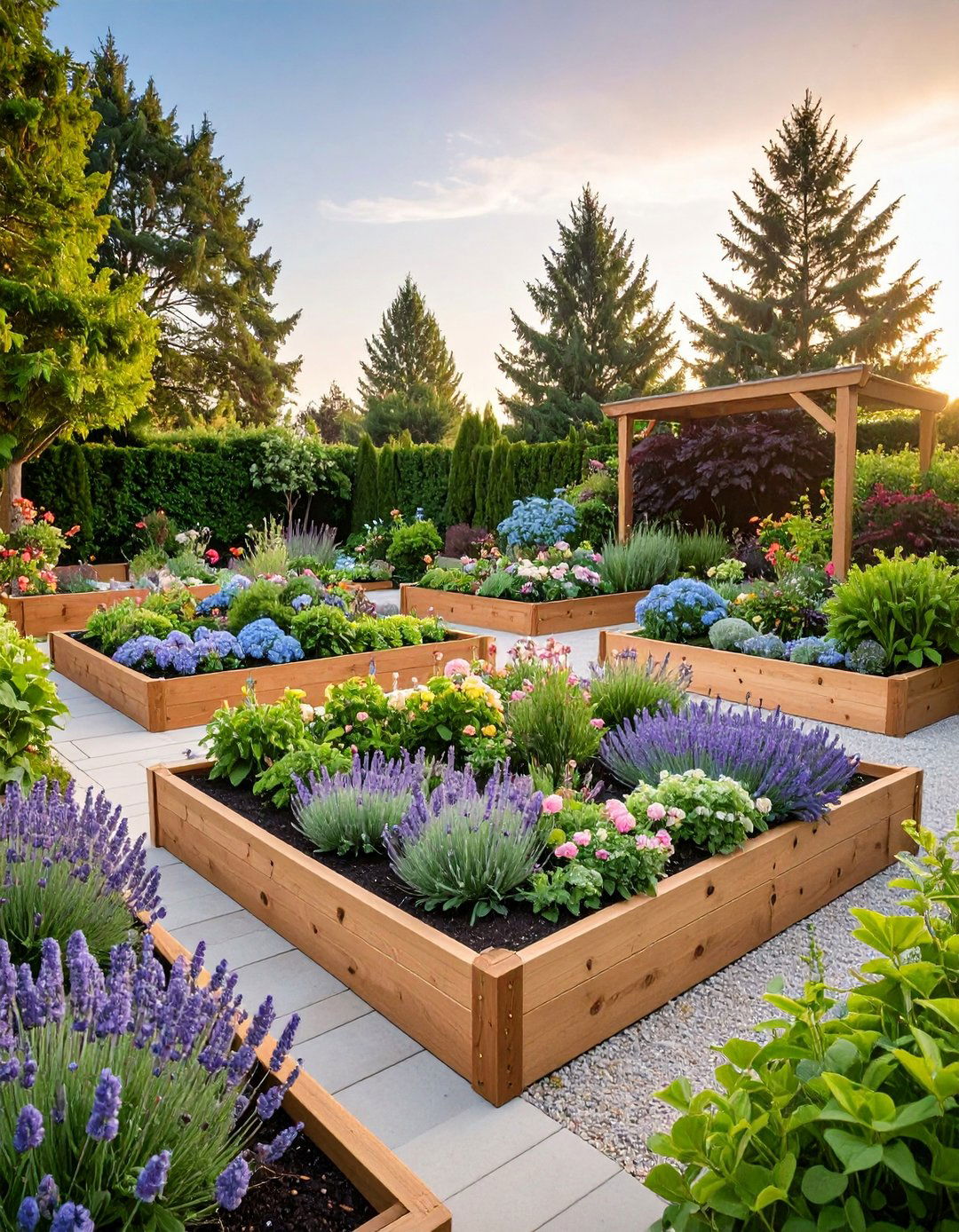
By lifting soil 20–30 cm above grade, a raised-bed flower garden warms quickly in spring, drains reliably, and spares your back from deep bends. Construct frames from untreated cedar or recycled composite boards at least one metre wide, then blend equal parts loam, compost, and coarse sand for friable texture. Because the bed is isolated, you control pH precisely—ideal for acid-loving hydrangeas or lime-leaning lavender. Close planting densities minimize weeds, and the clear edges create a crisp design line that suits modern or traditional yards alike. Add hoops for frost cloth to extend blooms well into early winter.
6. Drought-Tolerant Flower Garden Oasis

As water costs climb, a drought-tolerant flower garden can dazzle with far less irrigation. Choose succulents, sedum, blanket flower, yarrow, and salvia; their silver leaves and deep roots shrug off heat waves. Plant in free-draining soil amended with gravel, then mulch with crushed stone to reflect sunlight and stop evaporation. Arrange by mature height so taller salvias shade delicate seedlings their first summer. Soaker hoses laid beneath mulch deliver slow, targeted moisture only when necessary. The result is an oasis of color that saves time, money, and precious municipal water without appearing sparse or xeric.
7. Evening-Scented Flower Garden Retreat

Shortly after sunset, an evening-scented flower garden turns patios into fragrant lounges. Reserve a corner for night-blooming nicotiana, heliotrope, moonflower, and angel’s trumpet, accenting with pale blooms that glow under porch lights. Position seats within arm’s reach so visitors notice the shifting perfumes carried on cooling air. Because many of these plants hail from warm regions, they revel in well-drained soil and regular feeding; trellised moonflowers need extra potassium for nonstop buds. Add solar path lights to avoid interrupting fireflies with harsh glare. Night-pollinating moths will thank you with graceful aerial shows you rarely see by day.
8. Blue-and-White Color-Themed Flower Garden
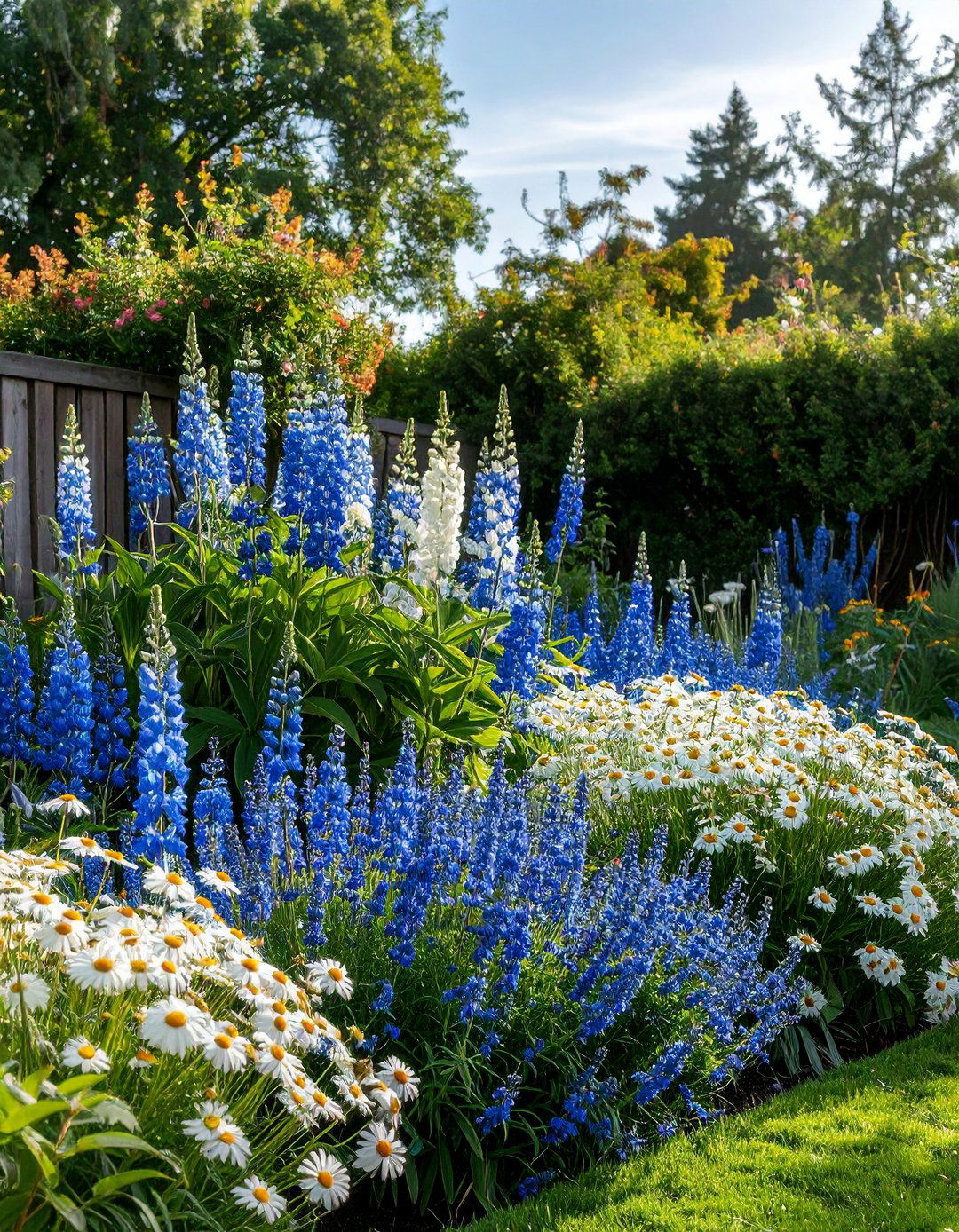
A restrained palette can look lavish; try a blue-and-white flower garden for instant serenity. Combine sapphire delphiniums, indigo salvias, and steel blue eryngium with white Shasta daisies, alyssum, and gaura, repeating each hue in drifts to avoid visual clutter. Cool tones calm small spaces and make them seem larger, especially when paired with silver foliage like artemisia. Keep soil fertility moderate—excess nitrogen pushes foliage over flowers and dulls blues. Complement the scheme with glazed cobalt pots and chalky gravel paths for a gallery-worthy vignette that photographs beautifully in every season.
9. Edible Flower Garden Mix

For gardeners who like to plate what they plant, an edible flower garden brings flavor and beauty together. Sow nasturtiums for peppery salads, calendula for saffron-hued rice, borage for cucumber-cool cocktails, and viola for candying on cakes. Interplant with herbs—chives, basil, dill—that deter pests and add kitchen value. Harvest blooms early in the morning when essential oils peak, rinsing gently before use. Designate one bed chemical-free so petals stay safe to eat. Friends will marvel at dishes that look straight from a high-end restaurant, yet came from steps outside your door.
10. Low-Maintenance Flower Garden for Beginners
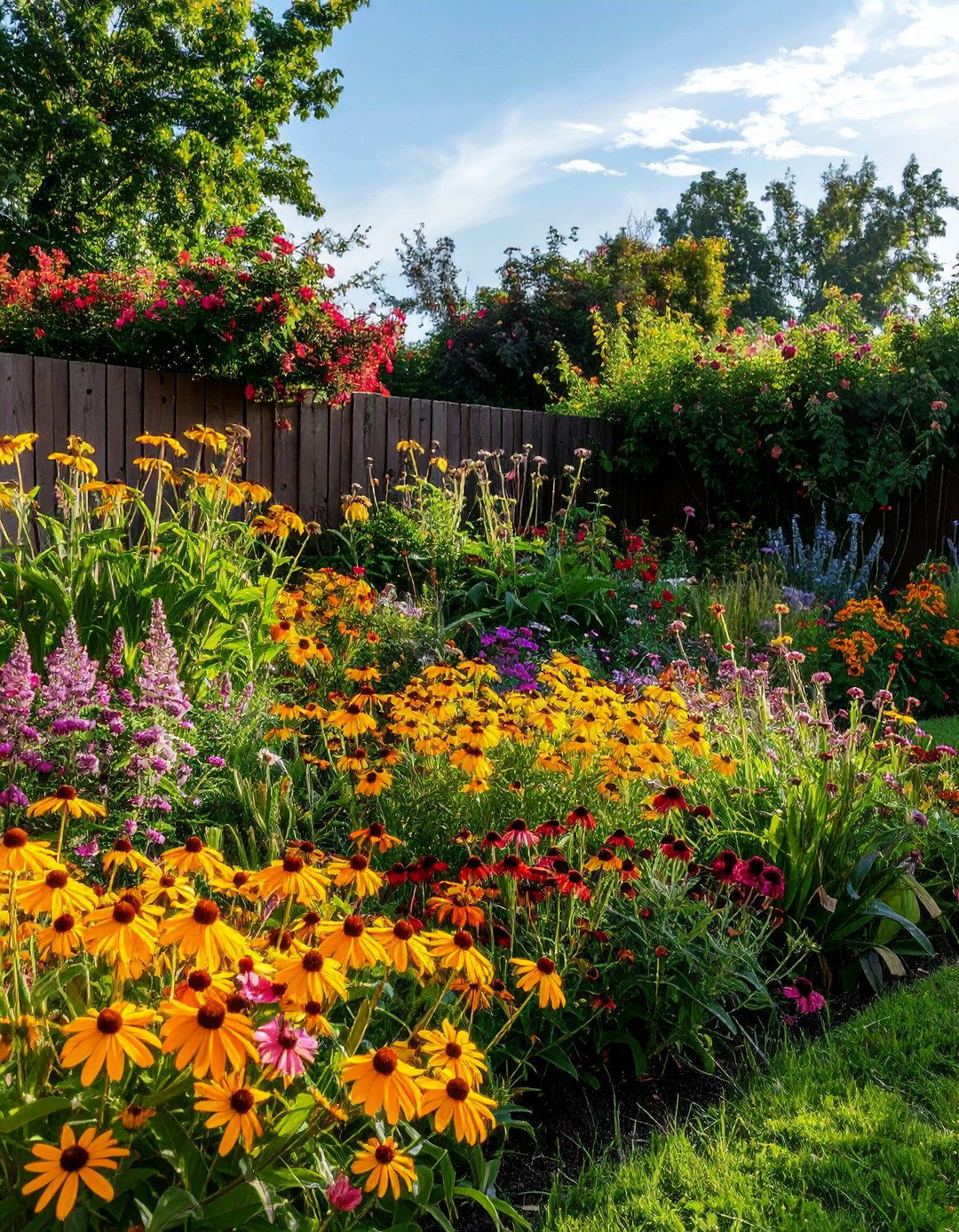
First-time gardeners often fear constant chores, but a low-maintenance flower garden can thrive with minimal fuss. Start with proven perennials like coreopsis, catmint, and rudbeckia, mixing in easy annuals such as zinnias for summer bursts. Group plants by water needs, lay drip tubing, and top the soil with five centimeters of shredded bark to throttle weeds. Deadhead only when you crave extra blooms; otherwise, let seed heads stand for winter birds. An hour of setup saves a season of effort, freeing you to simply watch butterflies land instead of wielding pruners.
11. Wildlife-Shelter Flower Garden Strip
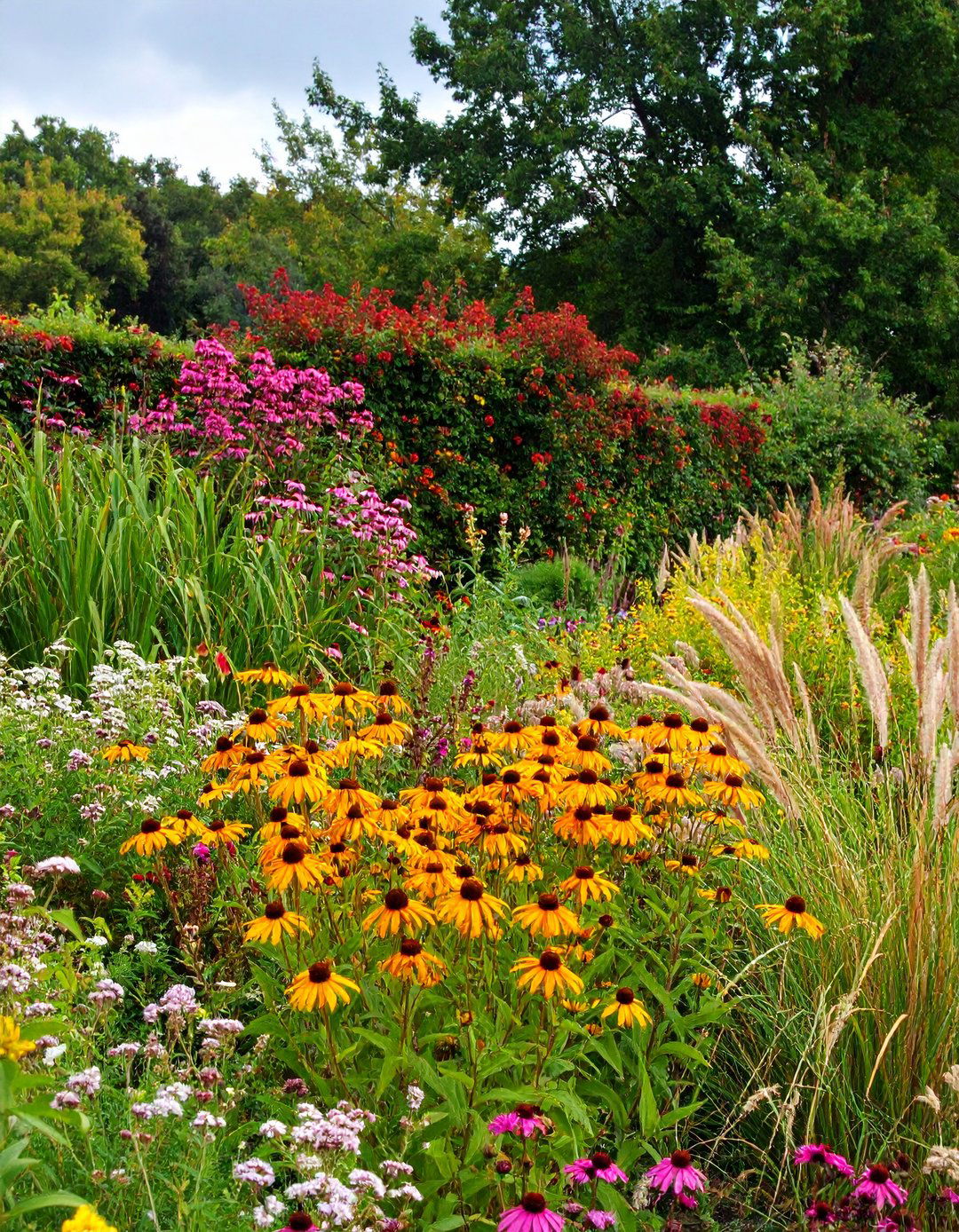
The narrow strip along a fence or driveway can become a corridor of refuge with layered, twiggy shrubs and seed-rich flowers. Plant serviceberry or elder at the rear for nesting, mid-height echinacea and asters for nectar, and ornamental grasses like little bluestem for winter cover. Leave leaf litter beneath to house beetles that birds snack on. Avoid tidy clipping until spring, giving insects a place to overwinter. In return, songbirds patrol for pests and fill the space with music—proof that a flower garden can be both ornamental and an ecological safety net.
12. Cut-Flower Garden Rows for Bouquets
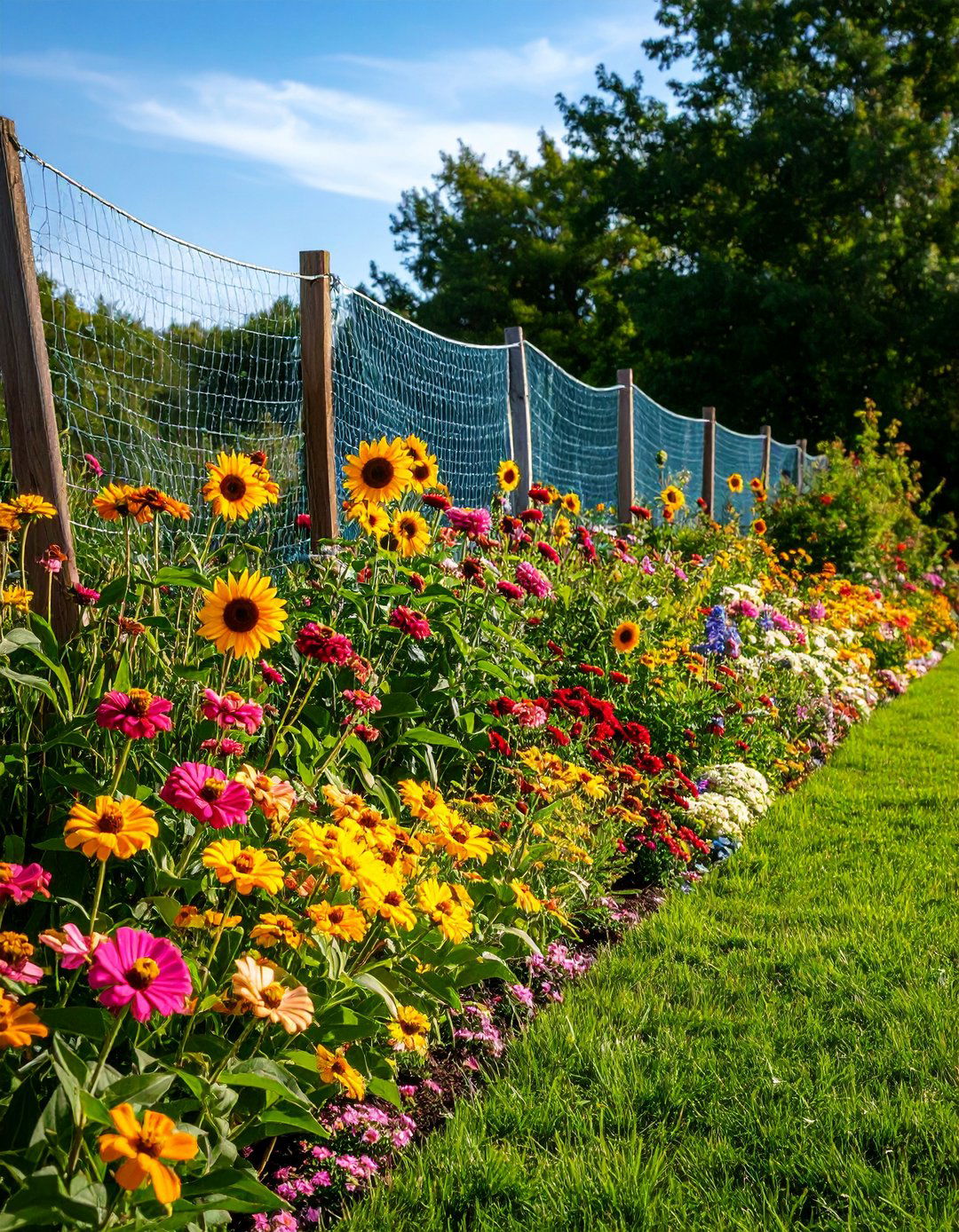
One straight 1 × 3 m bed can yield armloads of stems if you run it like a mini farm. Stagger quick-blooming zinnias, cosmos, and sunflowers in succession, spacing plants closely to encourage long, straight stalks. Install hortanova netting to support heavy heads, water with overhead sprinklers early so leaves dry, and fertilize weekly with fish emulsion. Keep sharp snips handy; cutting actually spurs more flowers. By season’s end, you’ll have vases for every room and extras to gift or sell—proof that a flower garden can pay its keep in joy and revenue.
13. Shade-Loving Flower Garden Corner
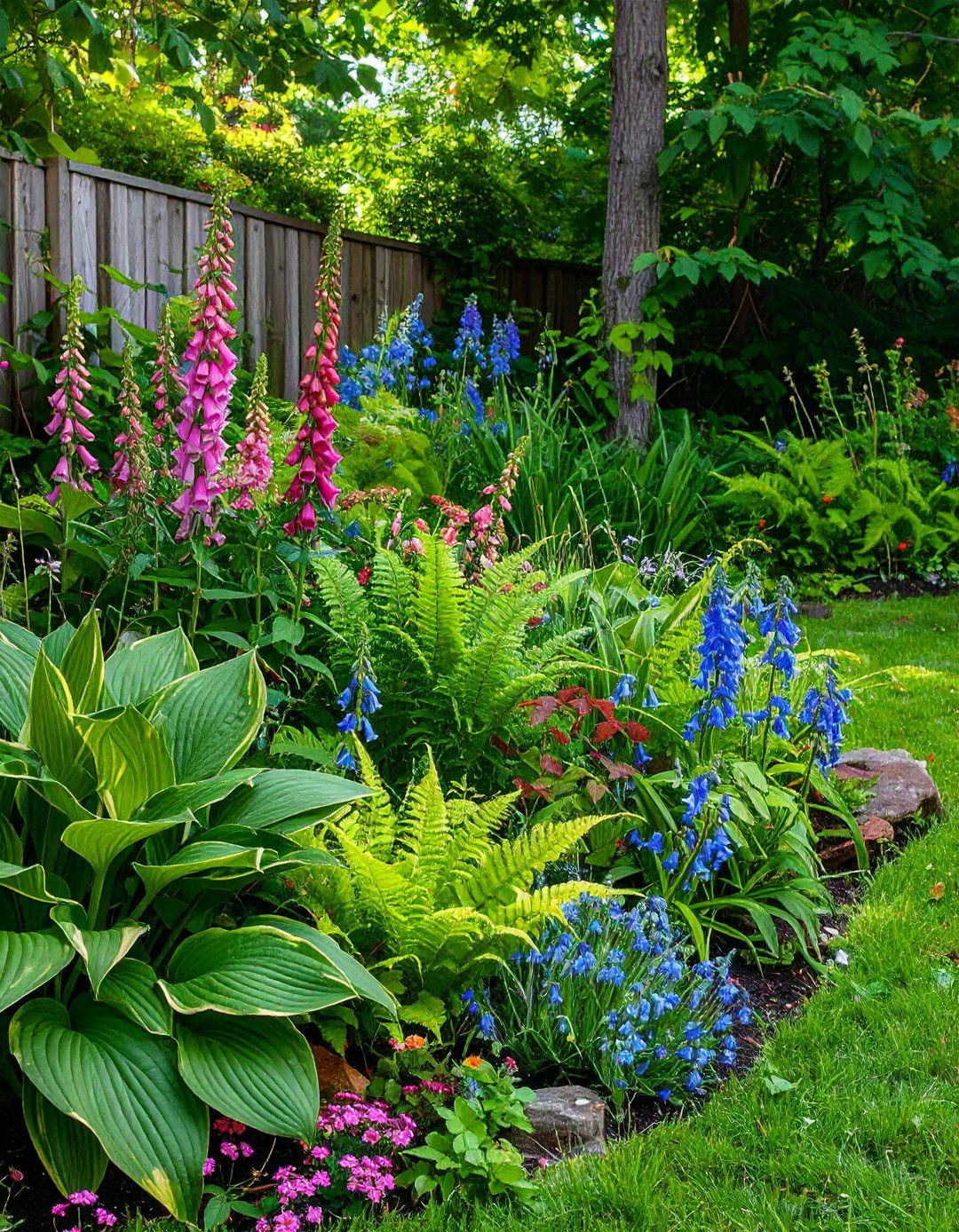
Deep shade need not be drab. Layer textural foliage plants like hosta, fern, and caladium, then pop color with astilbe, foxglove, and Virginia bluebells that glow in dappled light. Enrich soil with leaf compost to mimic forest duff, and water early so cool temperatures reduce evaporation. Massing three or more of each species builds visual impact where sunlight is scarce. Add a reflective birdbath or white bench to bounce ambient light back onto blossoms. The resulting flower garden feels like a secret woodland glade even in an urban back lot.
14. Succulent-Rock Flower Garden Fusion
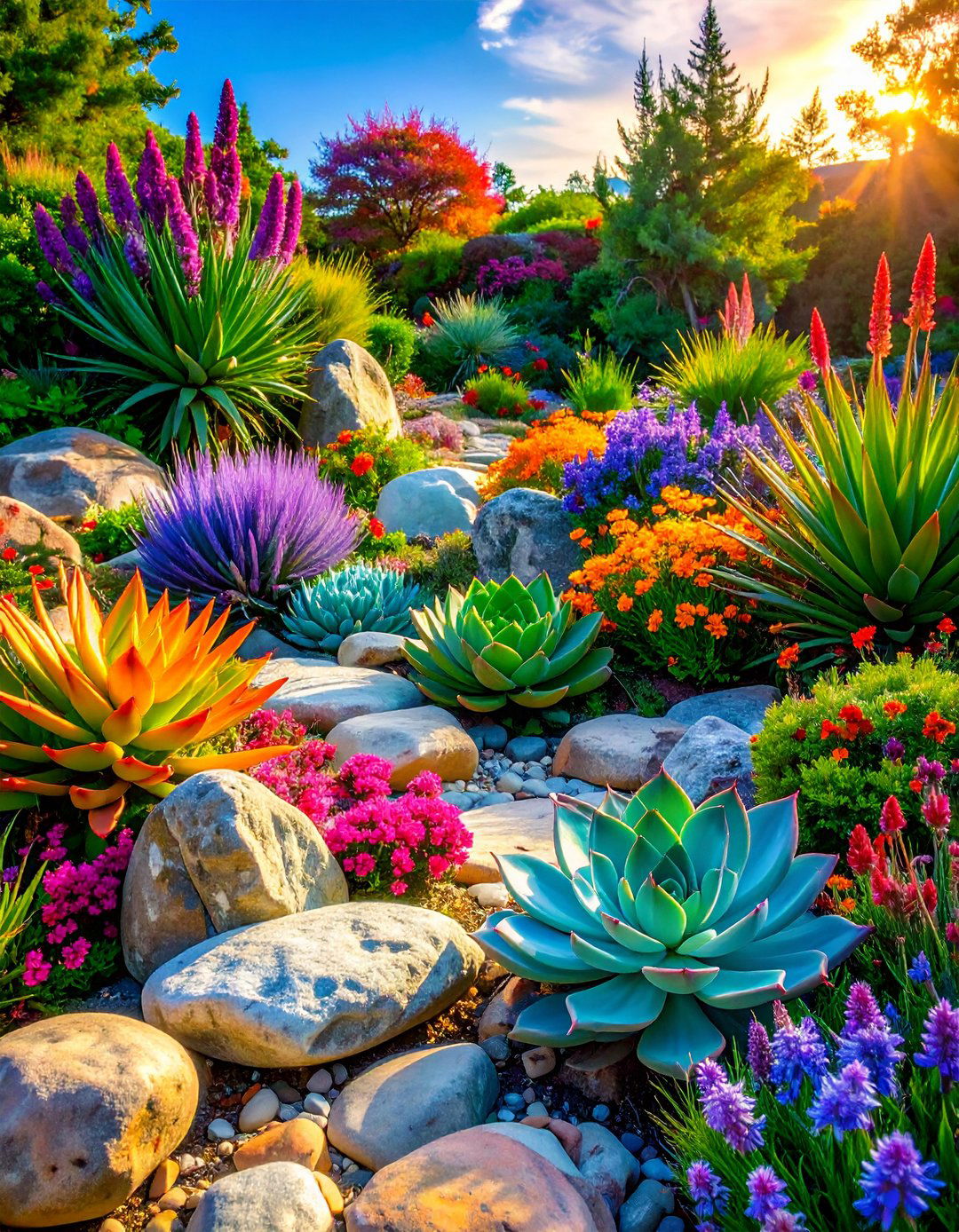
Blend architectural succulents with resilient blooms for a rock-garden vibe that thrives on neglect. Arrange boulders or recycled concrete chunks in naturalistic clusters, backfilling crevices with gritty mix. Tuck in sedum, ice plant, dwarf iris, and low thyme, then punctuate with taller agastache or yucca for vertical drama. Rocks retain heat, so choose species that relish warmth and keep spacing generous for air circulation. Hand-water during establishment; thereafter rainfall often suffices. This flower garden doubles as sculpture, delivering year-round texture even when perennial blossoms pause for winter.
15. Kids’ Sensory Flower Garden Zone
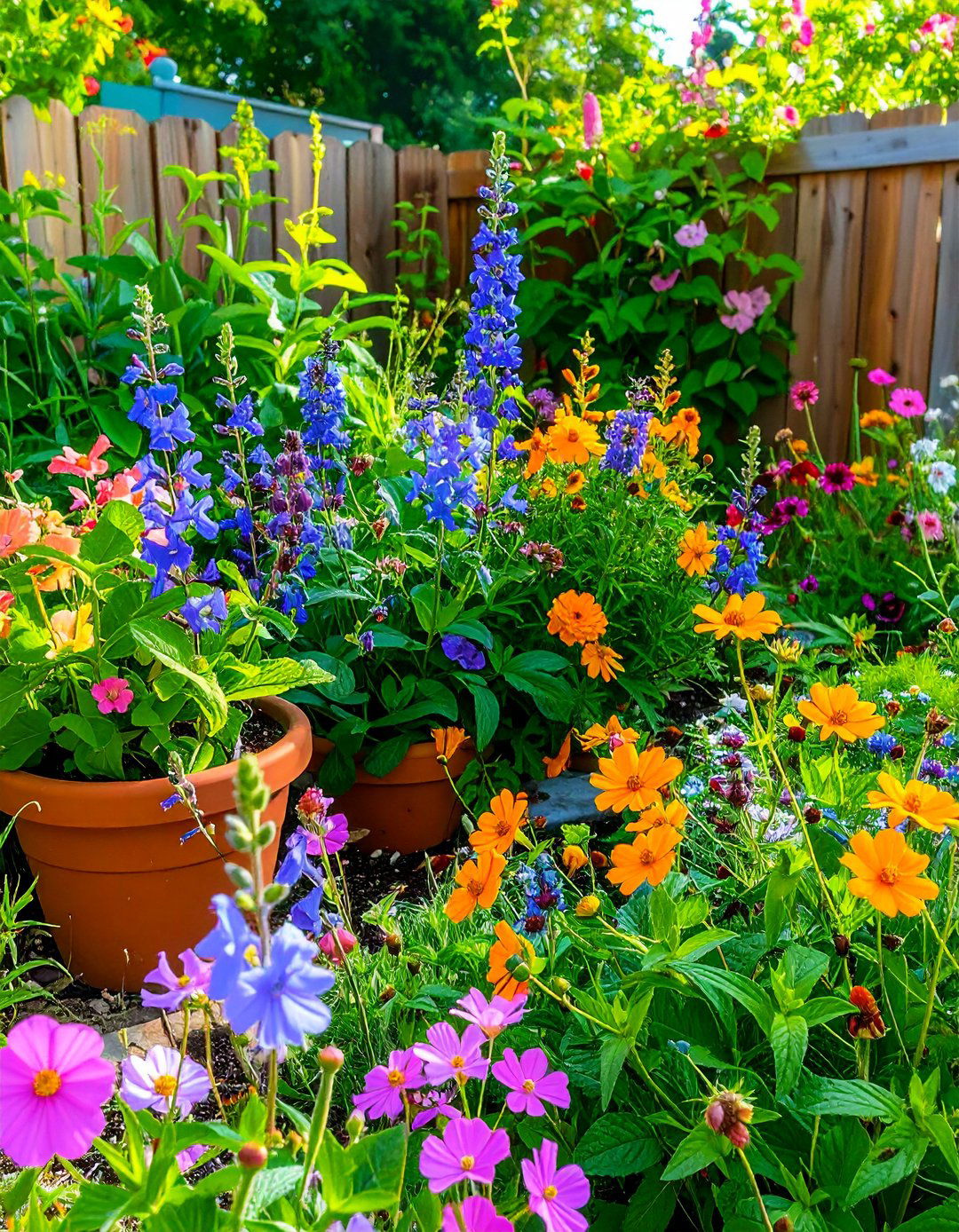
Creating a kids’ sensory flower garden invites little explorers to touch, smell, and taste their surroundings. Border the space with soft lamb’s ear and fuzzy mullein, then plant chocolate cosmos for scent, snapdragons for interactive “dragons,” and spearmint for nibbling. Install stepping-stone alphabets or color-coded labels to spark reading skills. Keep pathways wide enough for wheelbarrow races, yet mulch them to cushion falls. This engaging patch fosters early botanical curiosity, reinforces pollinator respect, and may even coax picky eaters to try herbs they helped grow.
16. Medicinal Herb Flower Garden Blend
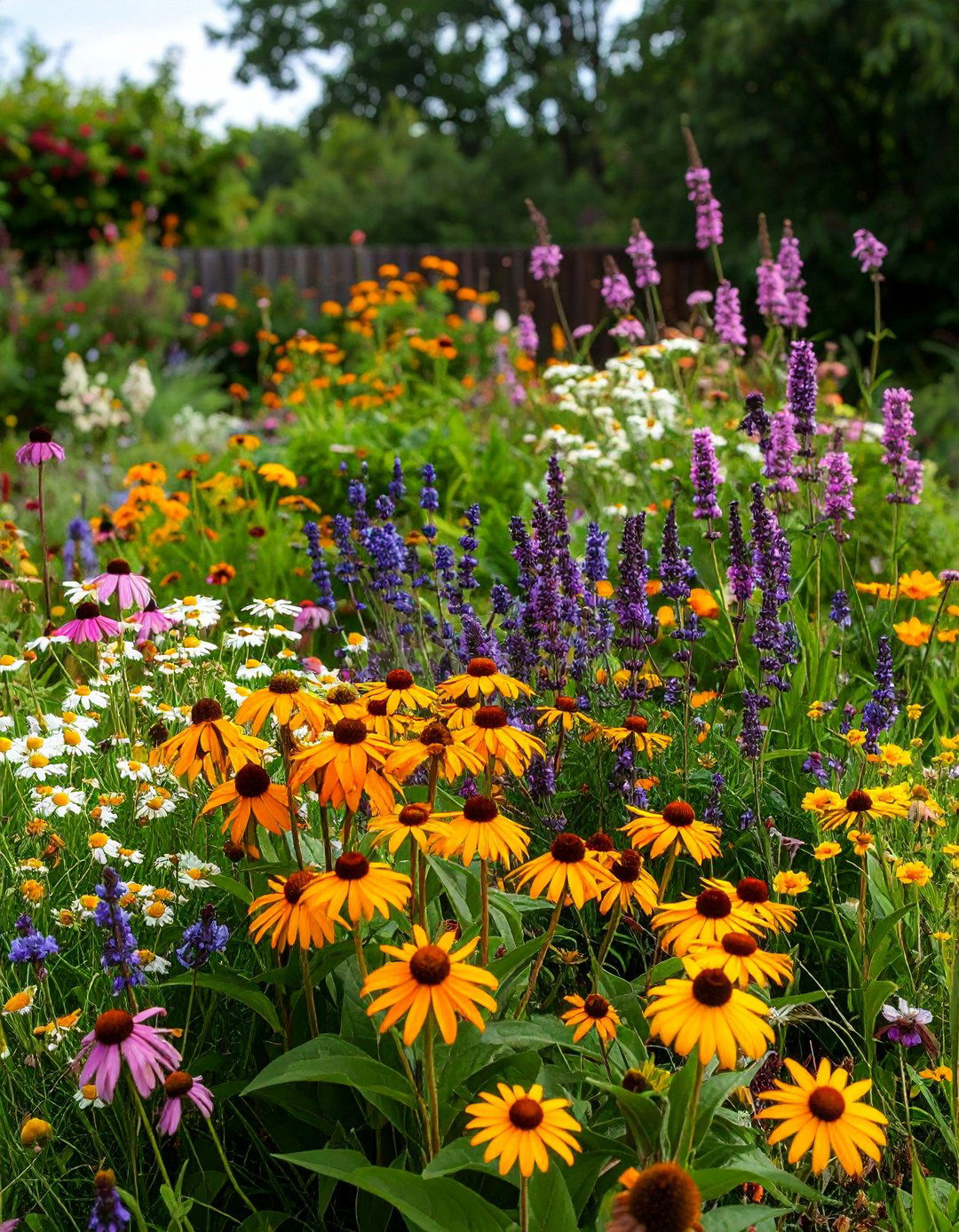
Calendula, chamomile, lavender, bee balm, and echinacea can share one wavy-edged bed to form a medicinal herb flower garden that looks good and stocks your home apothecary. Position lavender and echinacea in back for height, calendula up front for continual picking, and chamomile as a fragrant filler among stepping stones. Dry petals on a screen for teas or salves, labeling jars with harvest dates for potency. These flowers attract pollinators while offering anti-inflammatory, immune-boosting, or calming compounds for people—a rare win-win.
17. Seasonal Succession Flower Garden Calendar
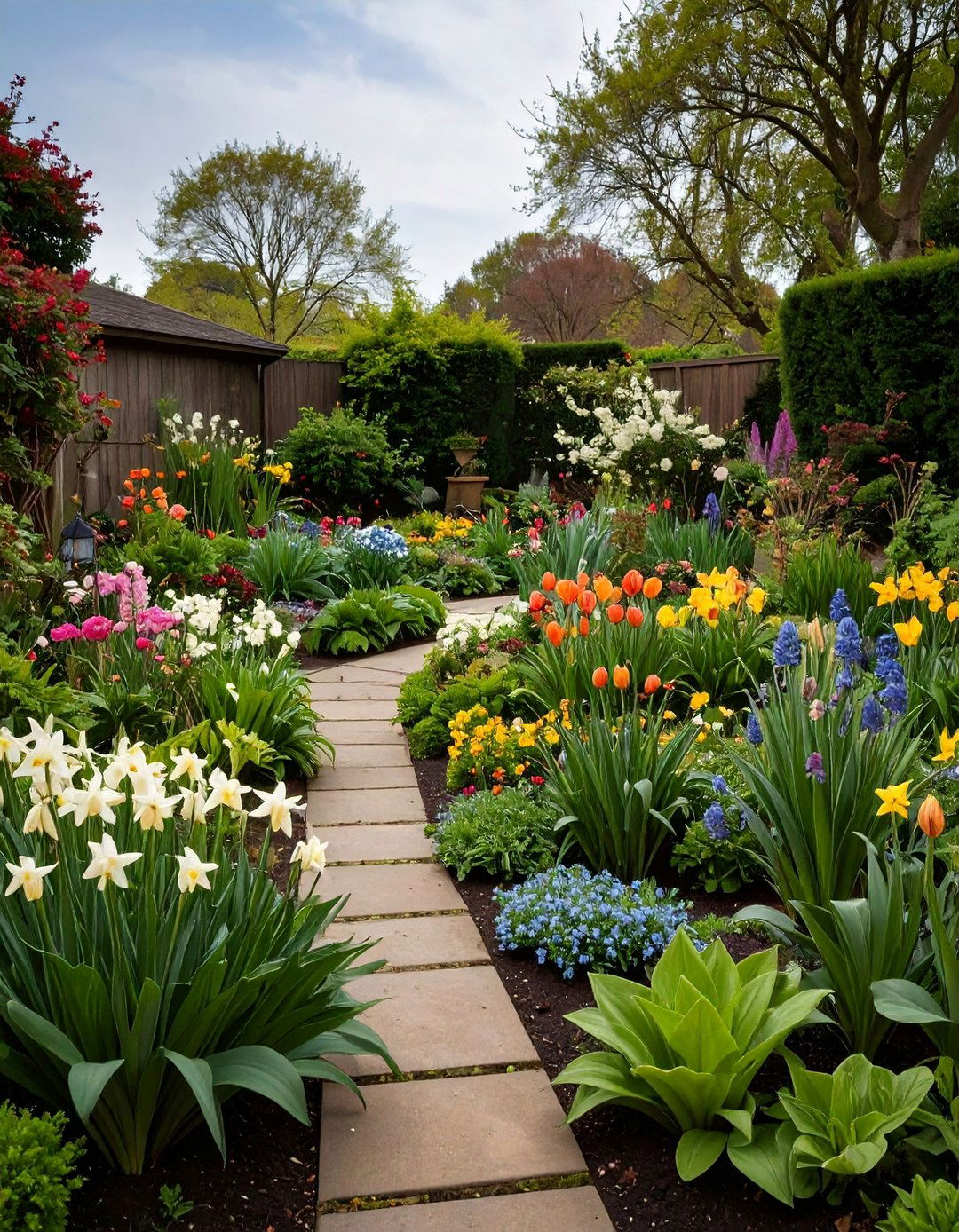
All things considered, a year-round bloom calendar keeps a flower garden lively even when neighbors’ beds sit bare. Combine snowdrops, hellebores, and crocus for late winter, tulips and iris for spring, lilies and echinacea through summer, followed by autumn anemone and asters, then ornamental cabbage for color-rich winter foliage. Mapping bloom times on a simple spreadsheet guides you toward zero dead periods. Regularly top-dress with compost so soil biology stays active as plants cycle. A staggered display extends pollinator support and ensures there’s always something to snip for indoor vases.
18. Rain-Smart Flower Garden Basin
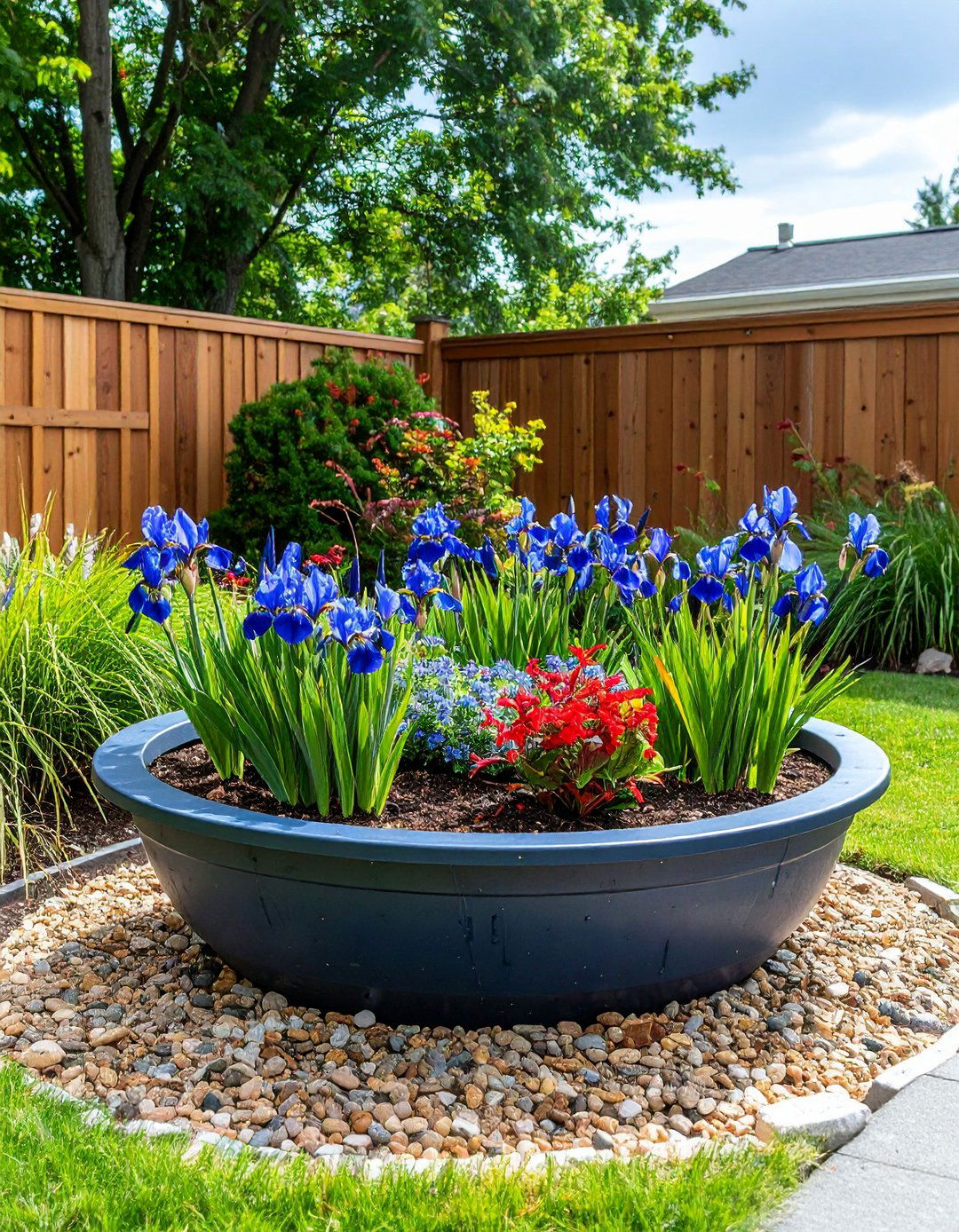
Channeling roof run-off into a shallow, planted depression turns excess water into a showpiece flower garden. Grade soil so water pools up to 15 cm, then percolates within 24 hours. Populate the center with moisture-loving blue flag iris, Joe-Pye weed, and cardinal flower, edging with switchgrass and sedges that handle wet feet yet survive dry spells. A gravel inlet slows erosion, while shredded-wood mulch stabilizes slopes. This living sponge reduces storm-drain overload, filters pollutants, and provides vibrant habitat long after clouds pass.
19. Modern Minimalist Flower Garden Grid
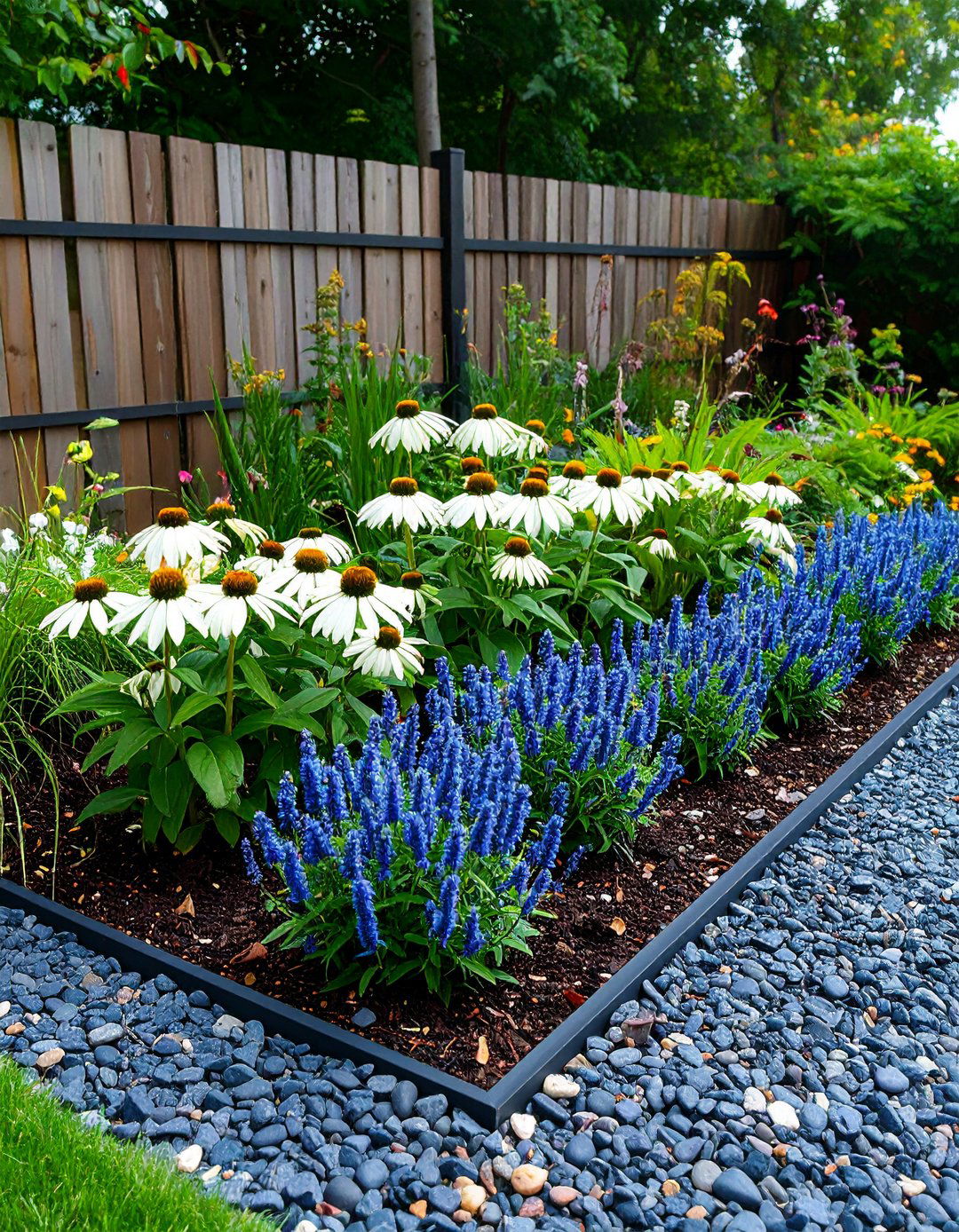
For clean lines and low visual noise, arrange square or rectangular beds in a grid, each devoted to a single cultivar like ‘White Swan’ coneflower or ‘Blue Fortune’ agastache. Repeat the species in odd-numbered blocks so the eye hops rhythmically across the space. Use matte steel edging and dark gravel to emphasize geometry. Drip irrigation hidden under gravel preserves the uncluttered look while responsibly hydrating plants. This minimalist flower garden echoes contemporary architecture yet hums with life, embodying the trend of redefining perfection through simple, healthy ecology.
20. Social Gathering Flower Garden Lounge
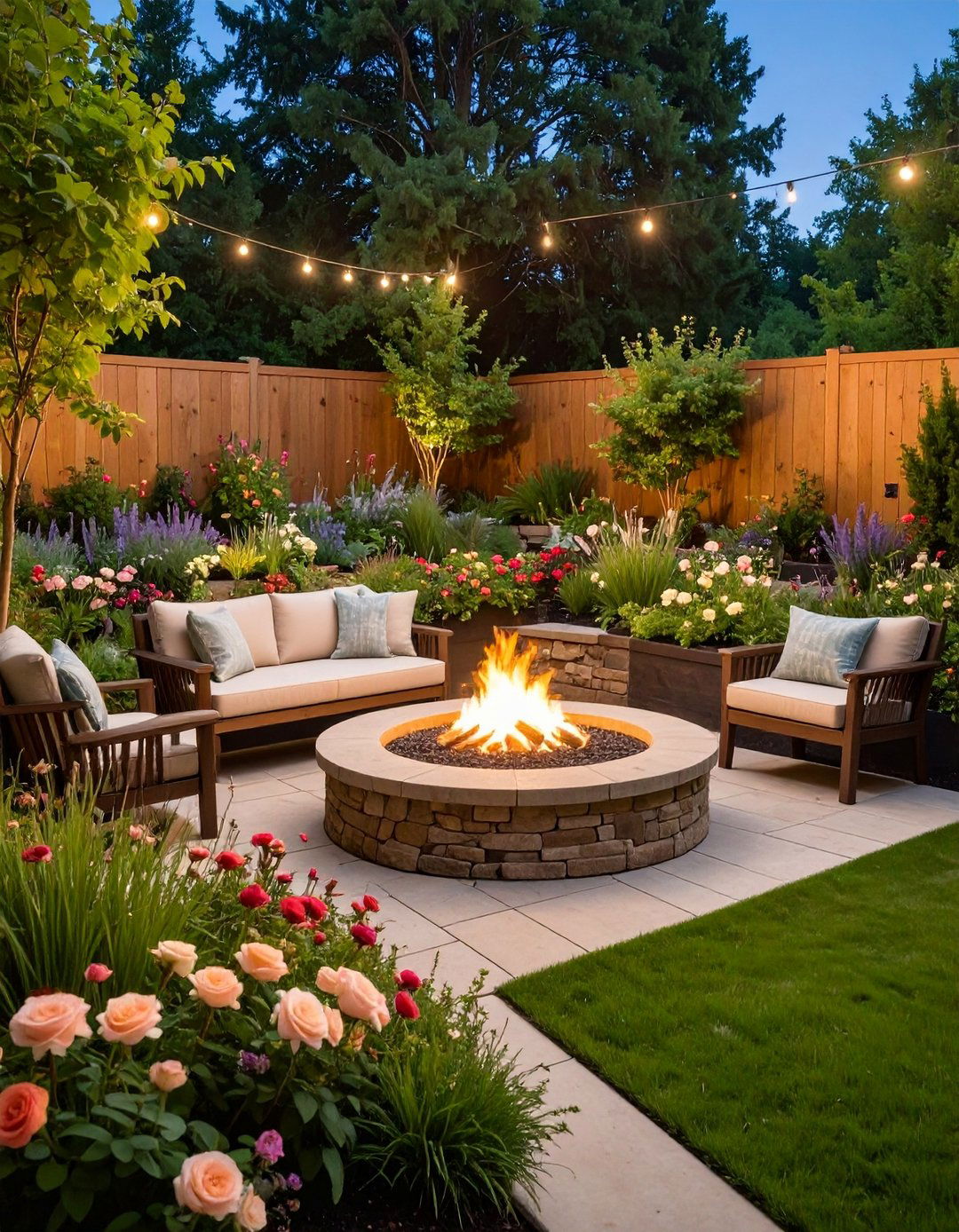
Finally, transform your backyard into a community magnet by surrounding a fire pit or café table with a mixed flower garden designed for company. Tall grasses create privacy screens, scented roses perfume conversations, and containerized herbs invite guests to pinch garnish. String lights overhead prolong evening enjoyment, while permeable pavers let rain sink in. Include bench-height retaining walls that double as extra seating and planter edges for trailing petunias. Gardens built for socializing satisfy a growing desire to blend outdoor living with biodiversity, fostering friendships and pollinator habitat in one stroke.
Conclusion:
From pollinator havens to minimalist grids, these twenty flower garden ideas prove that any plot—sprawling or petite—can yield color, habitat, and well-being when smart design meets thoughtful plant choice. Native palettes cut maintenance, vertical walls save space, raised beds boost soil health, and rain basins tame storms, all while surrounding you with fragrance and life. Blend one concept or layer several, and your patch of earth will reward you season after season with blossoms that nourish both spirit and ecosystem.



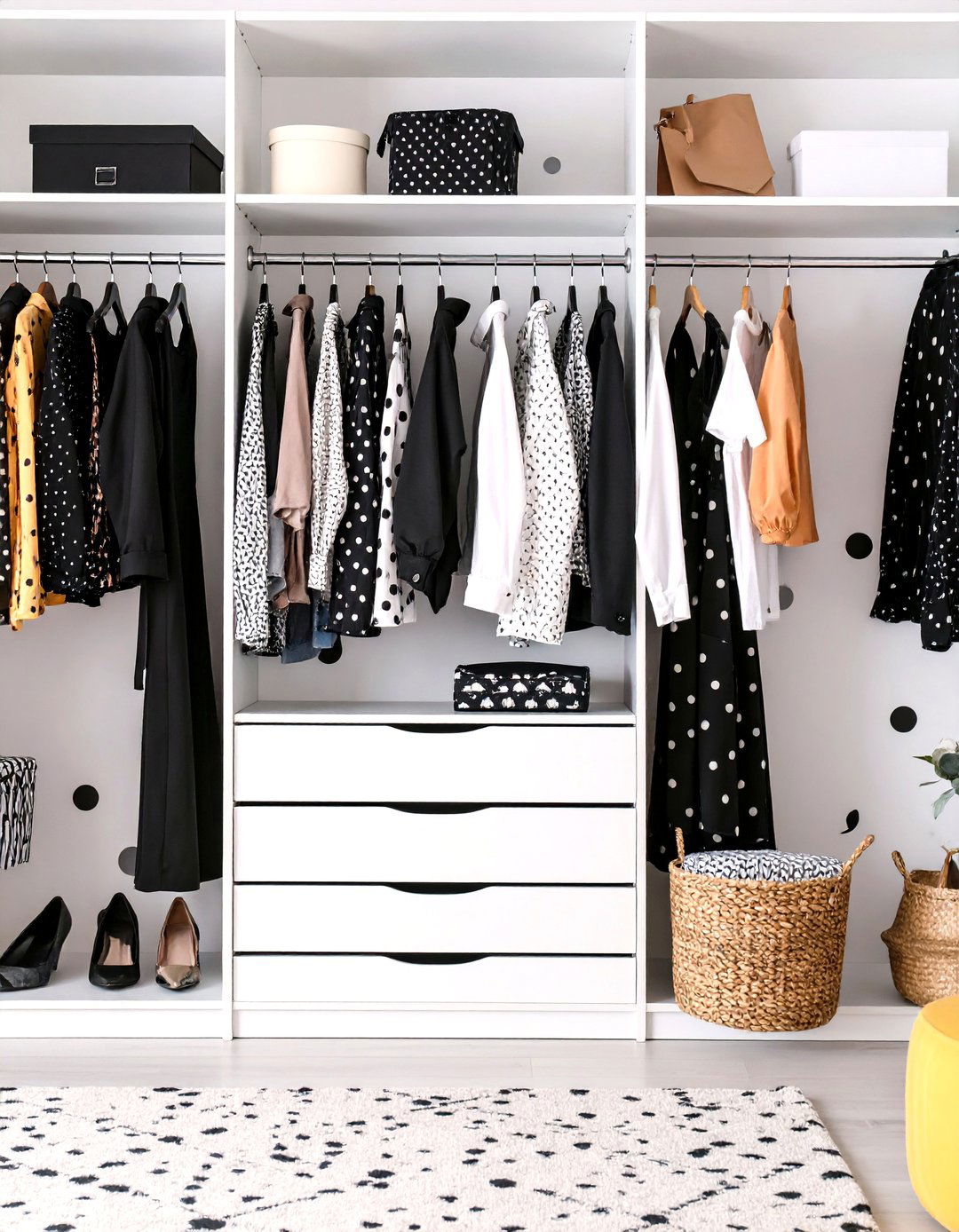
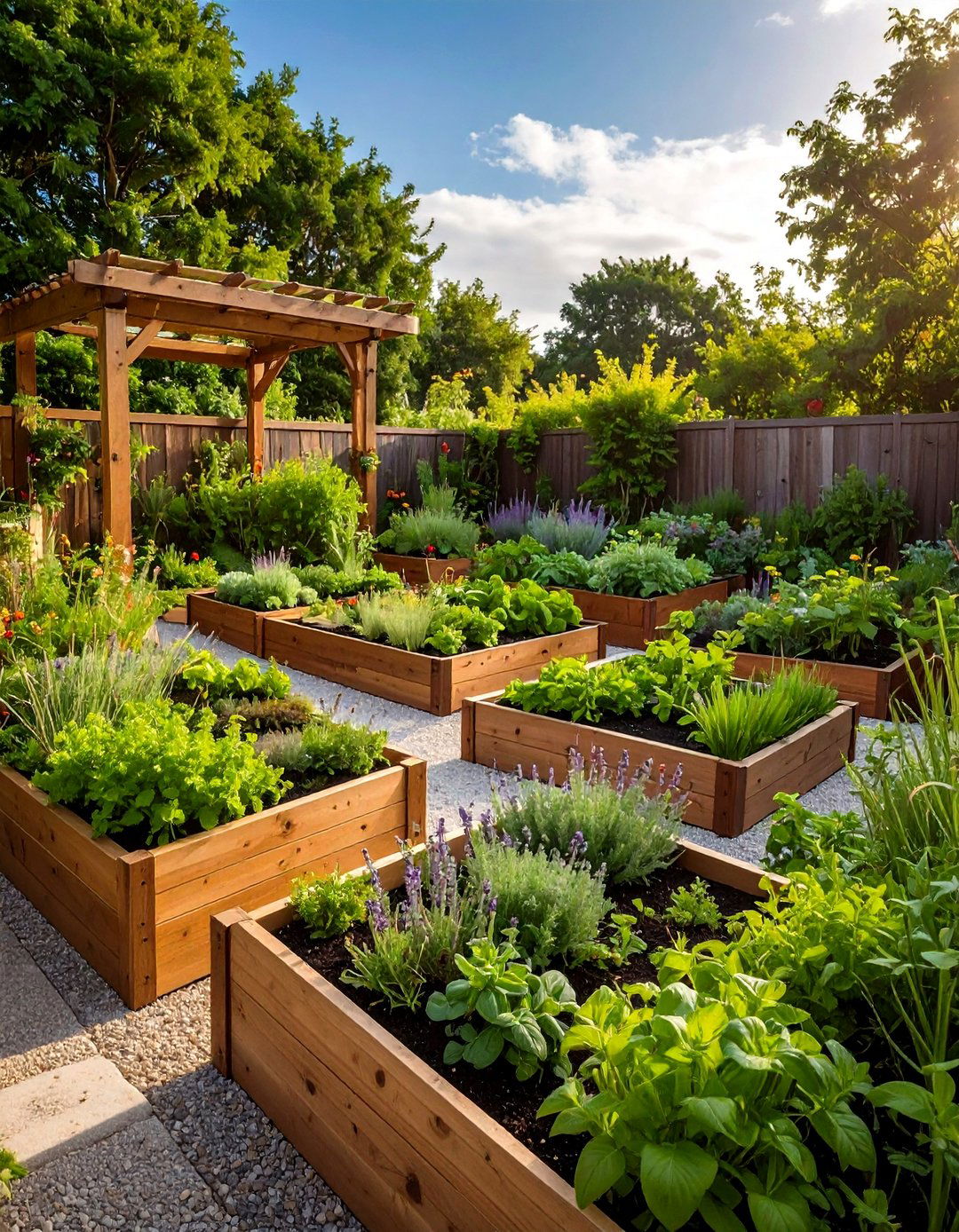
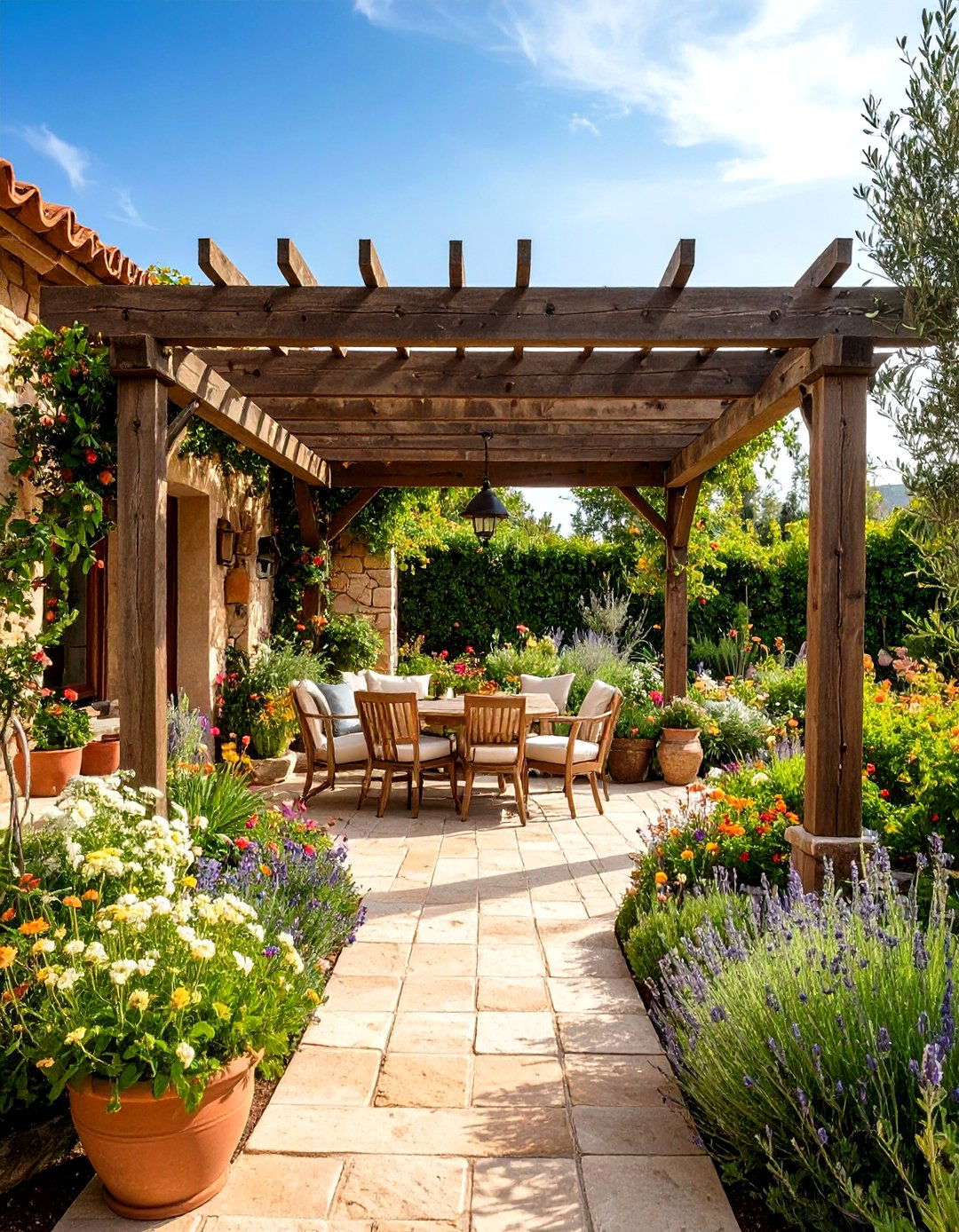
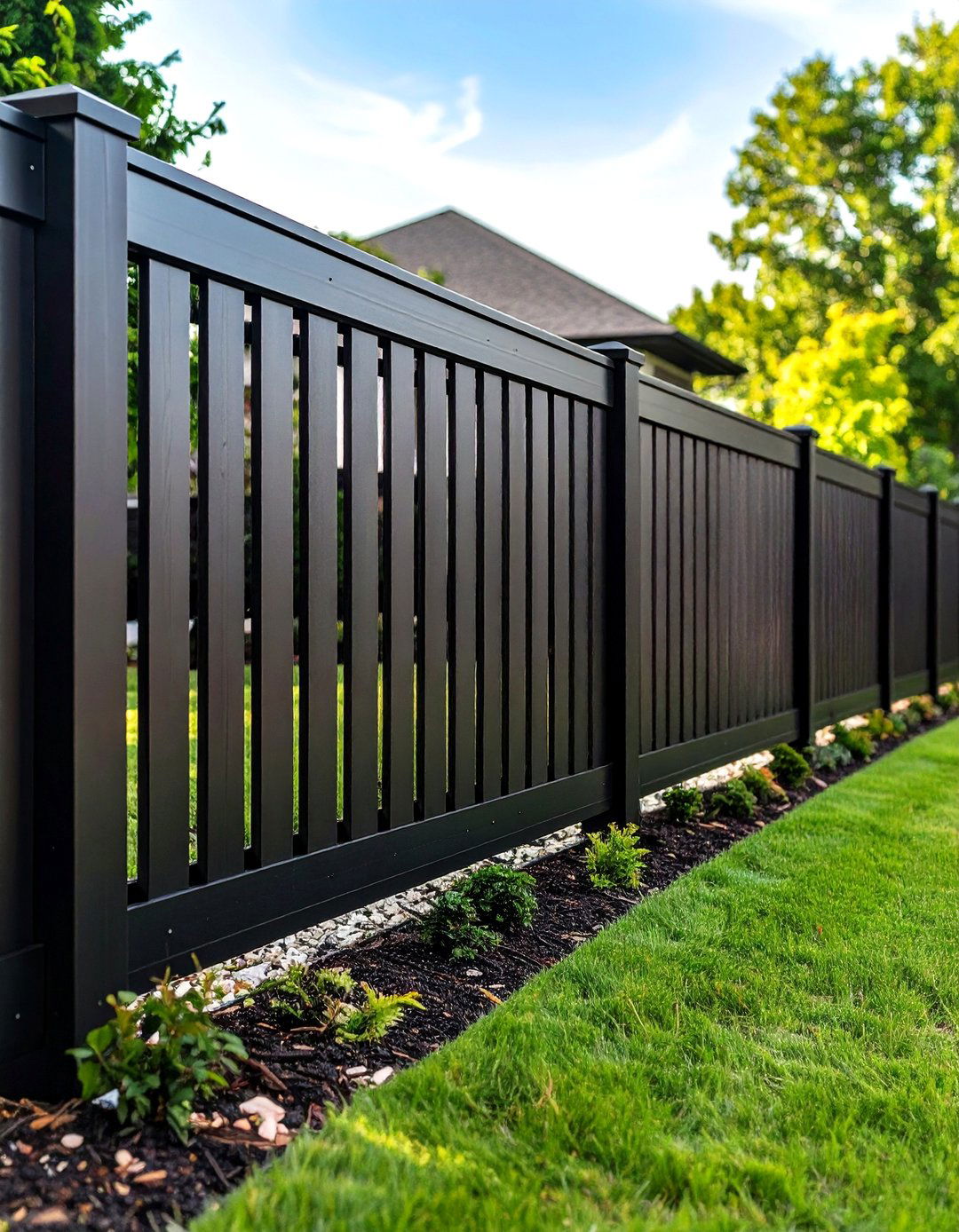
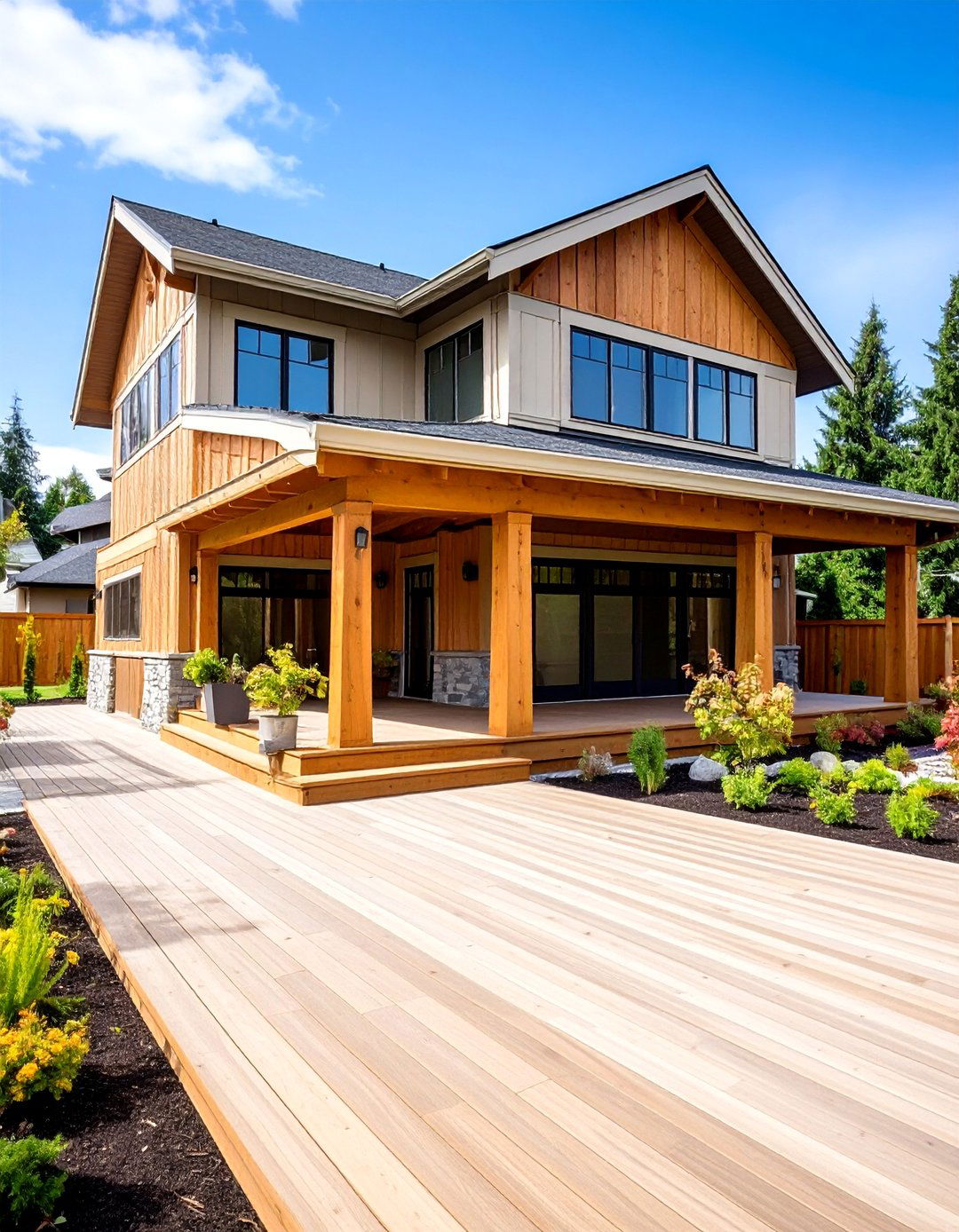
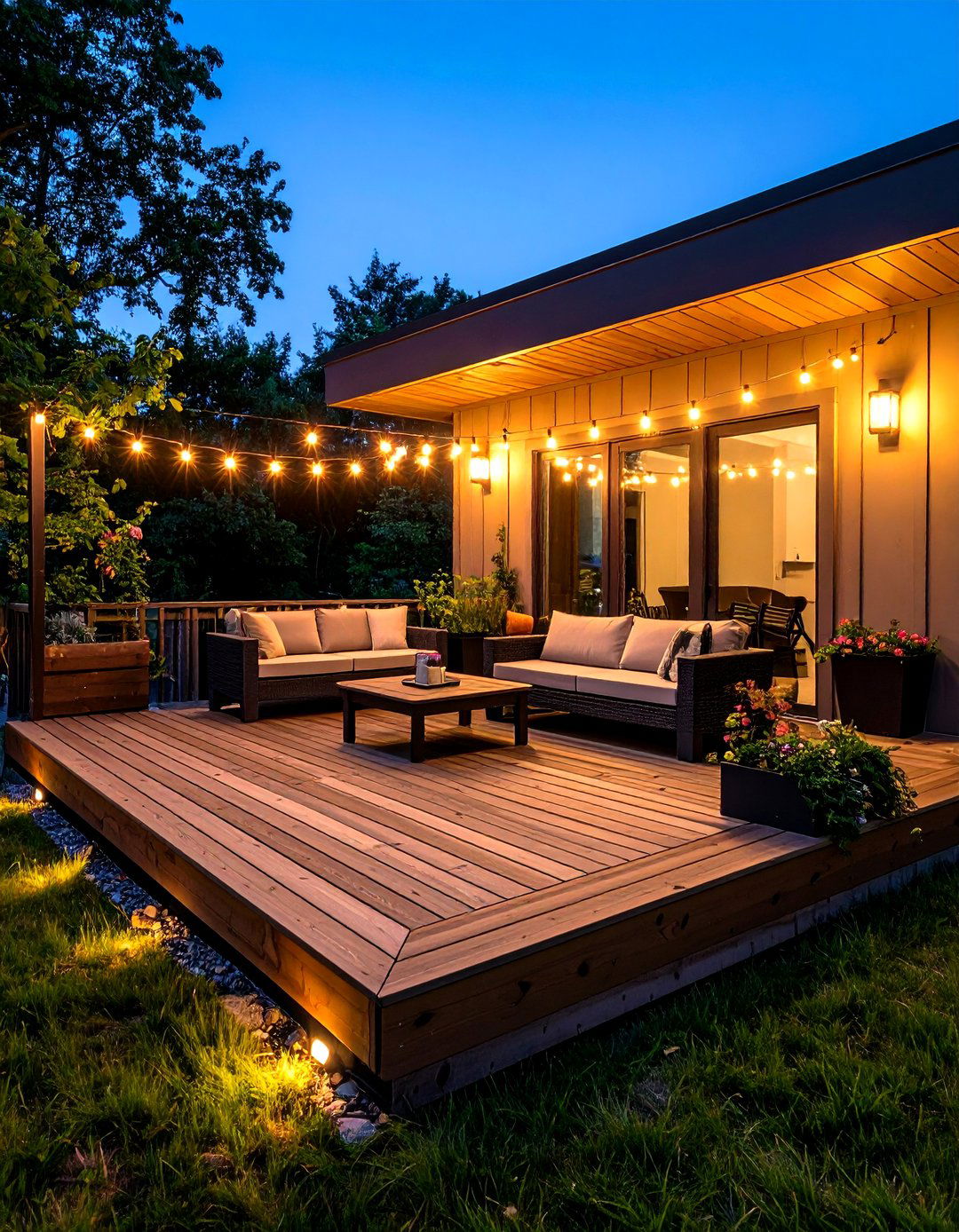
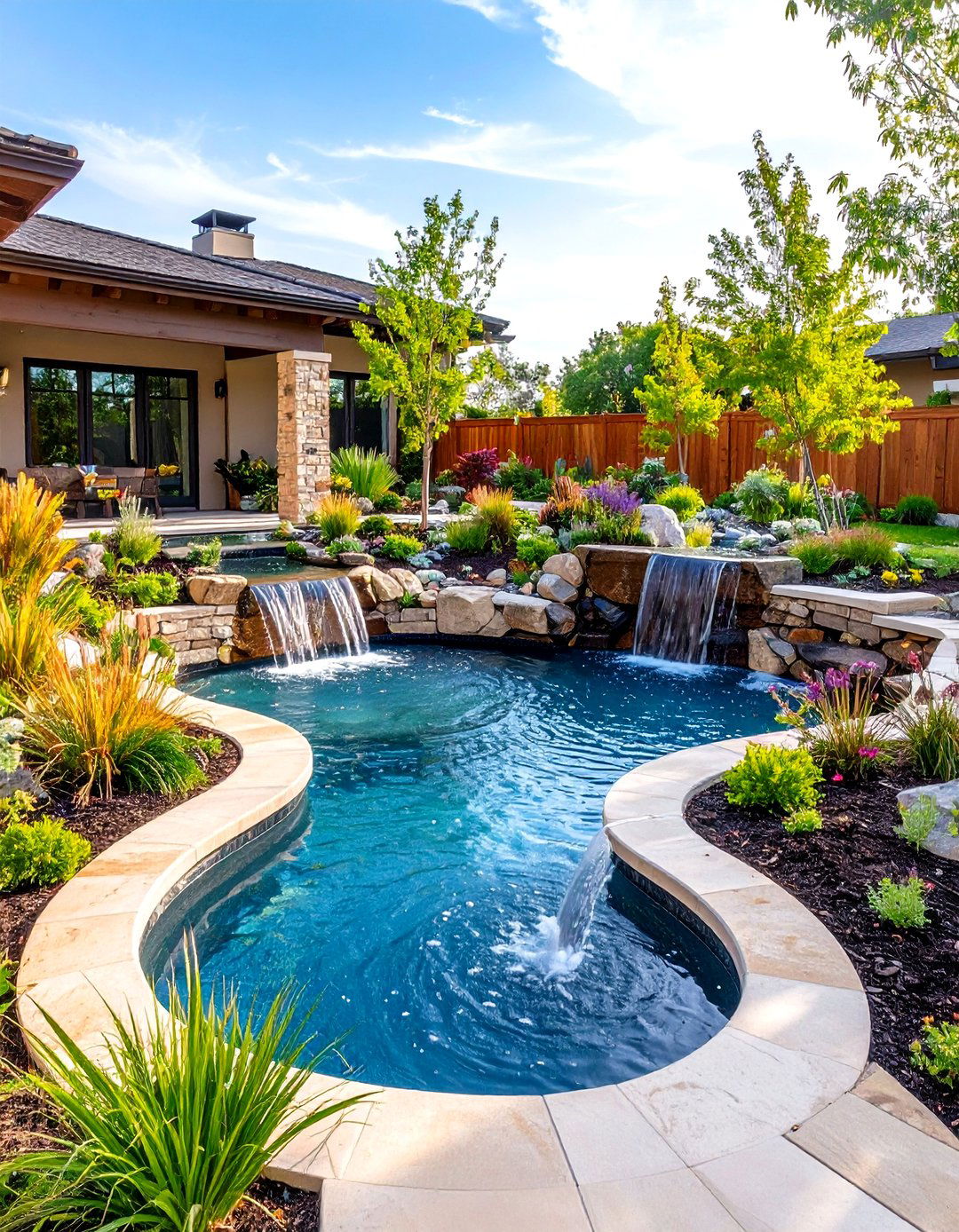
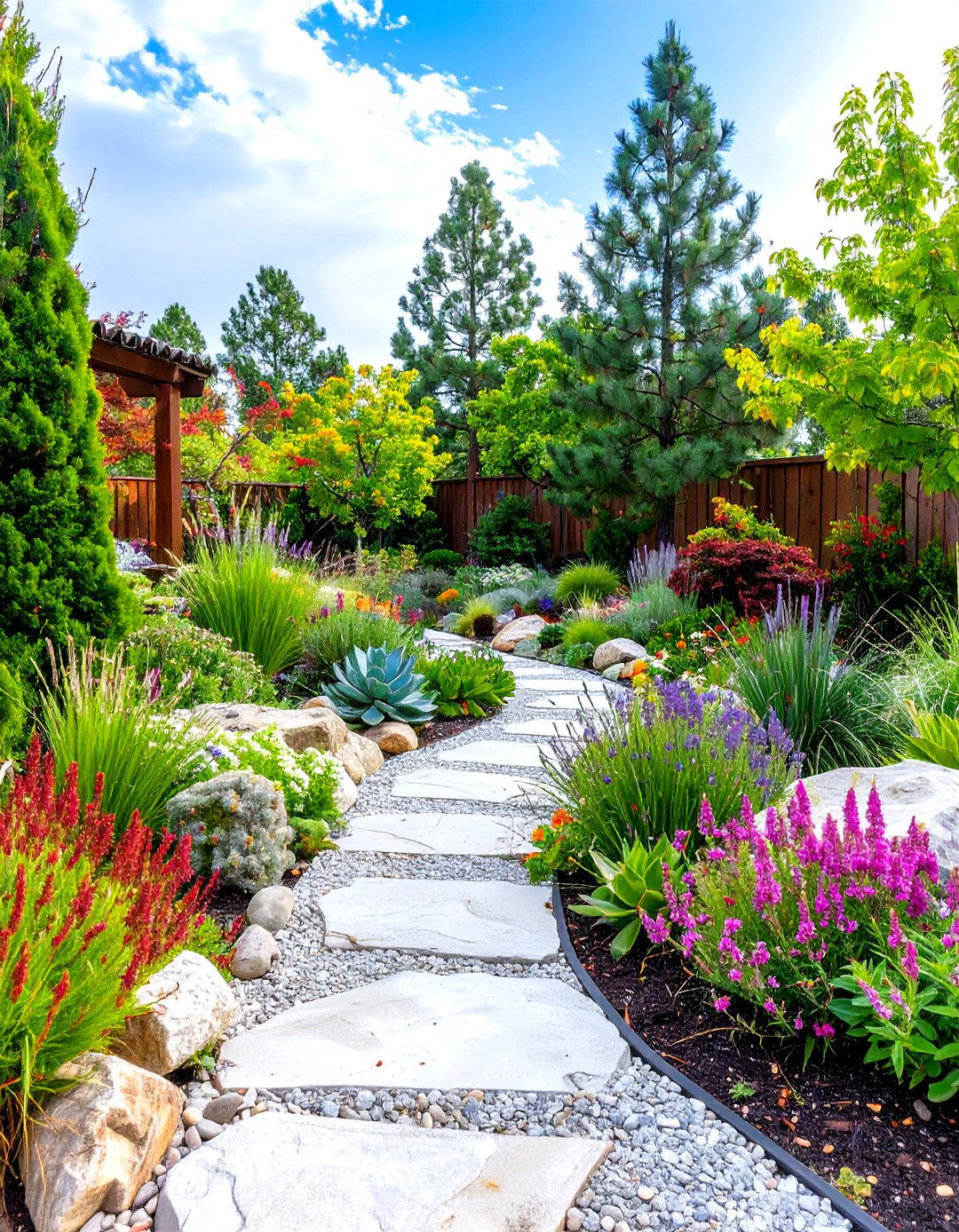
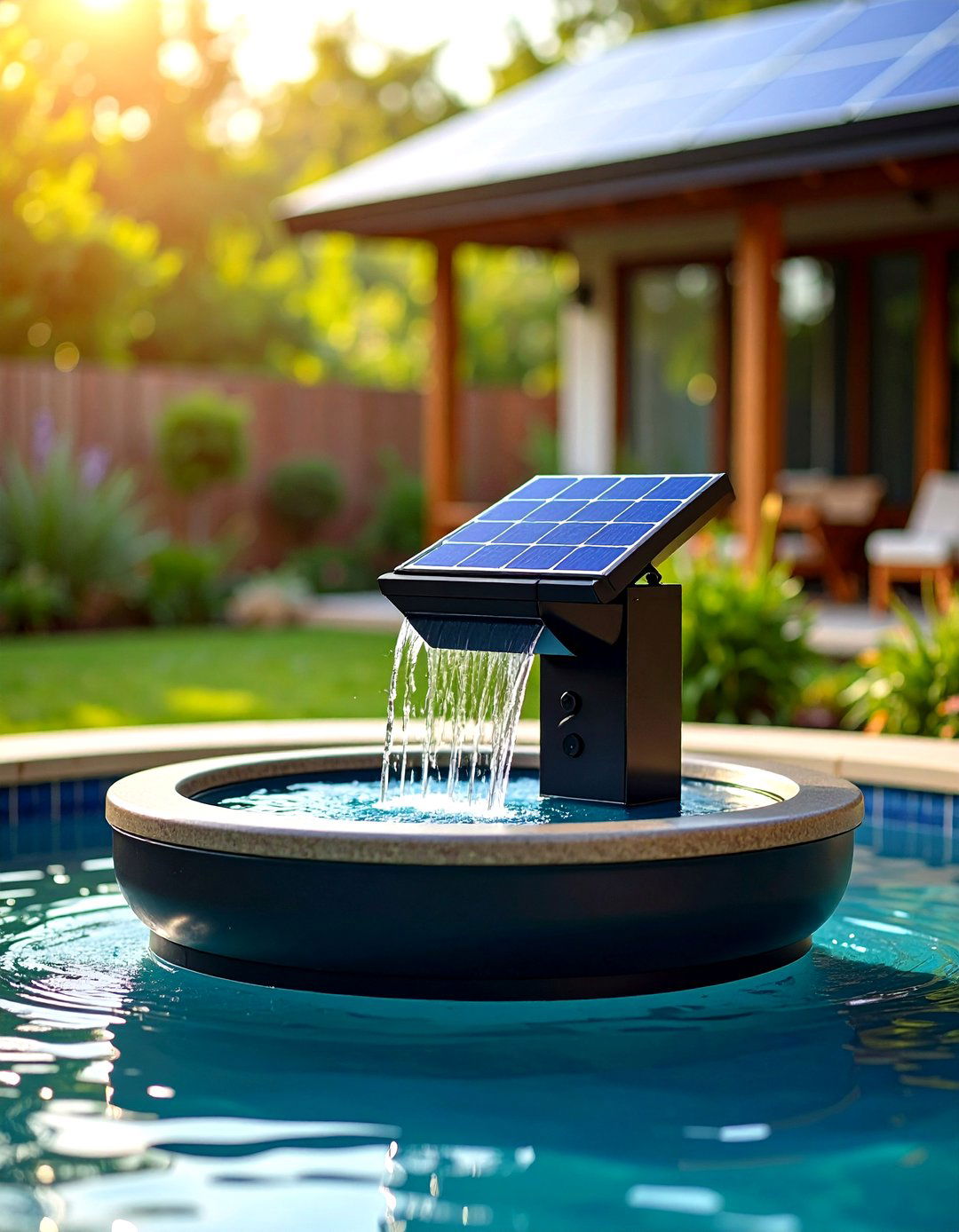
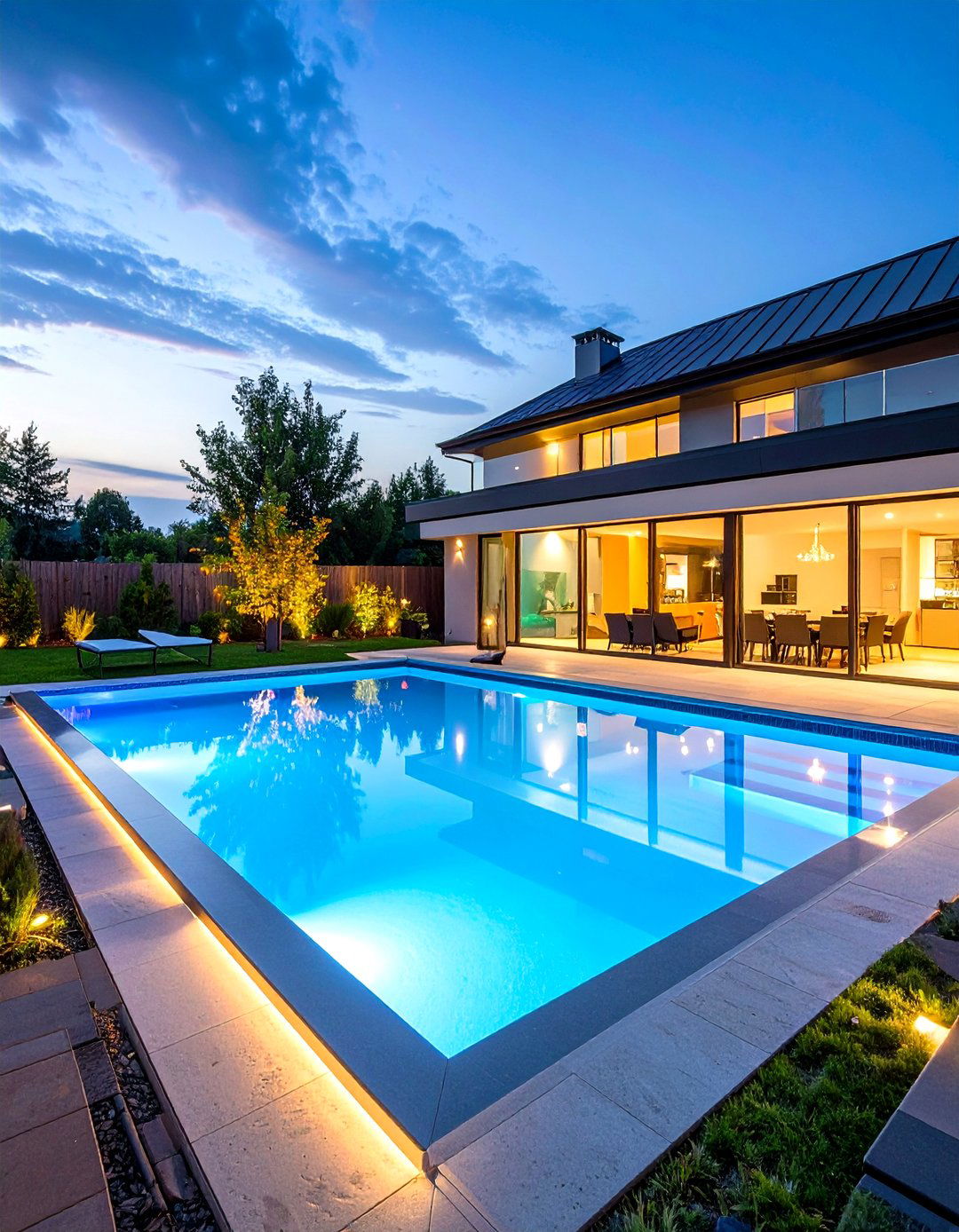
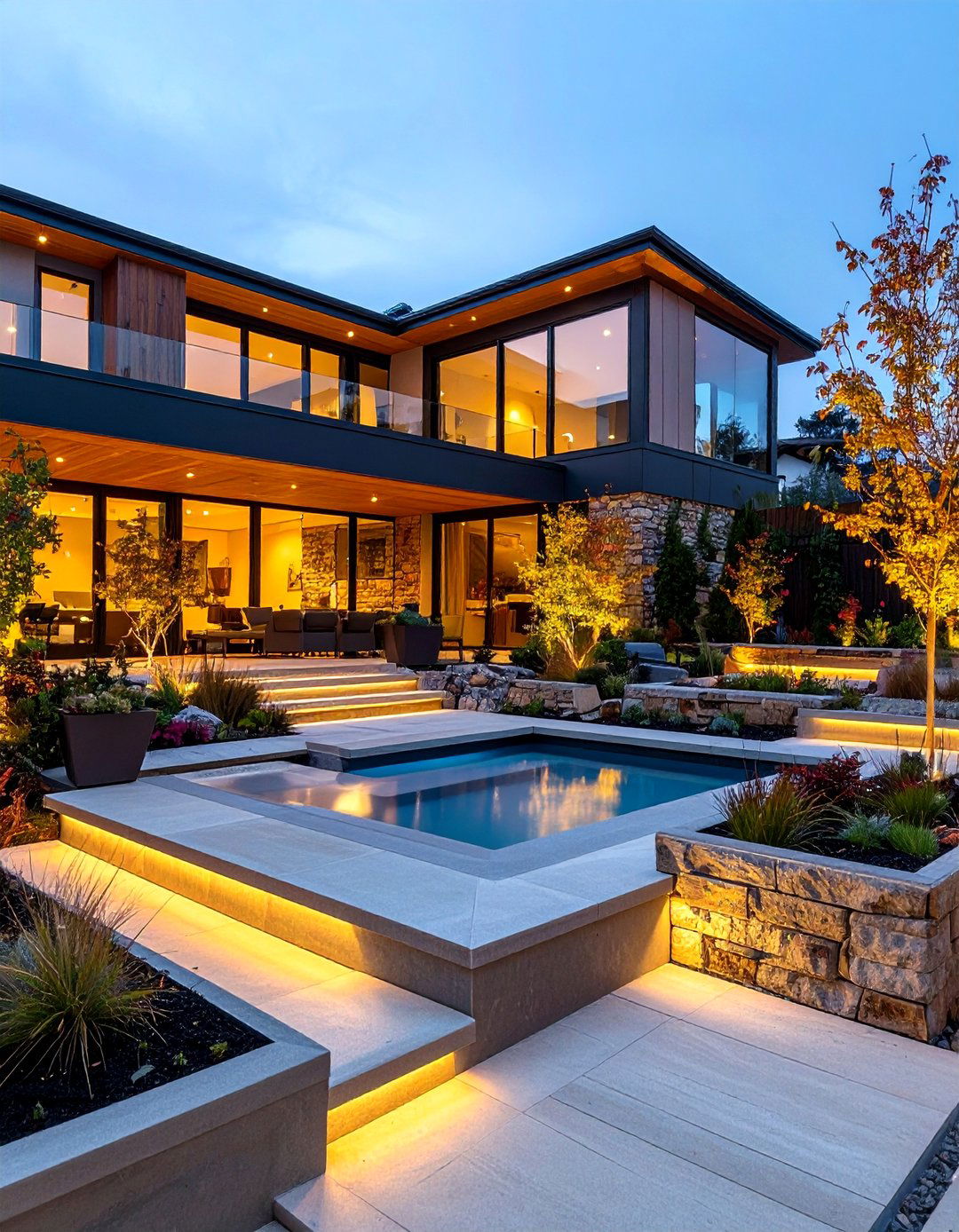
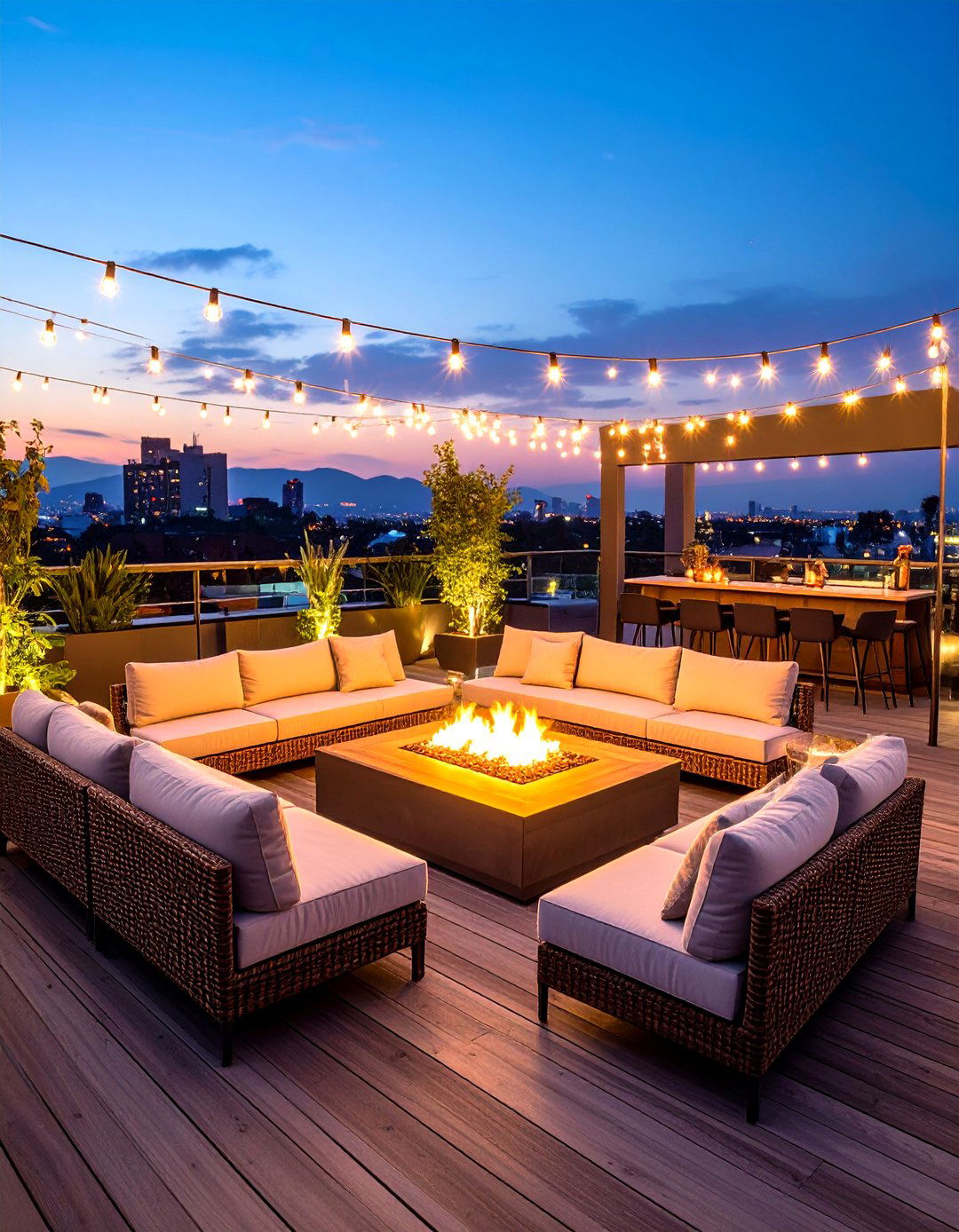
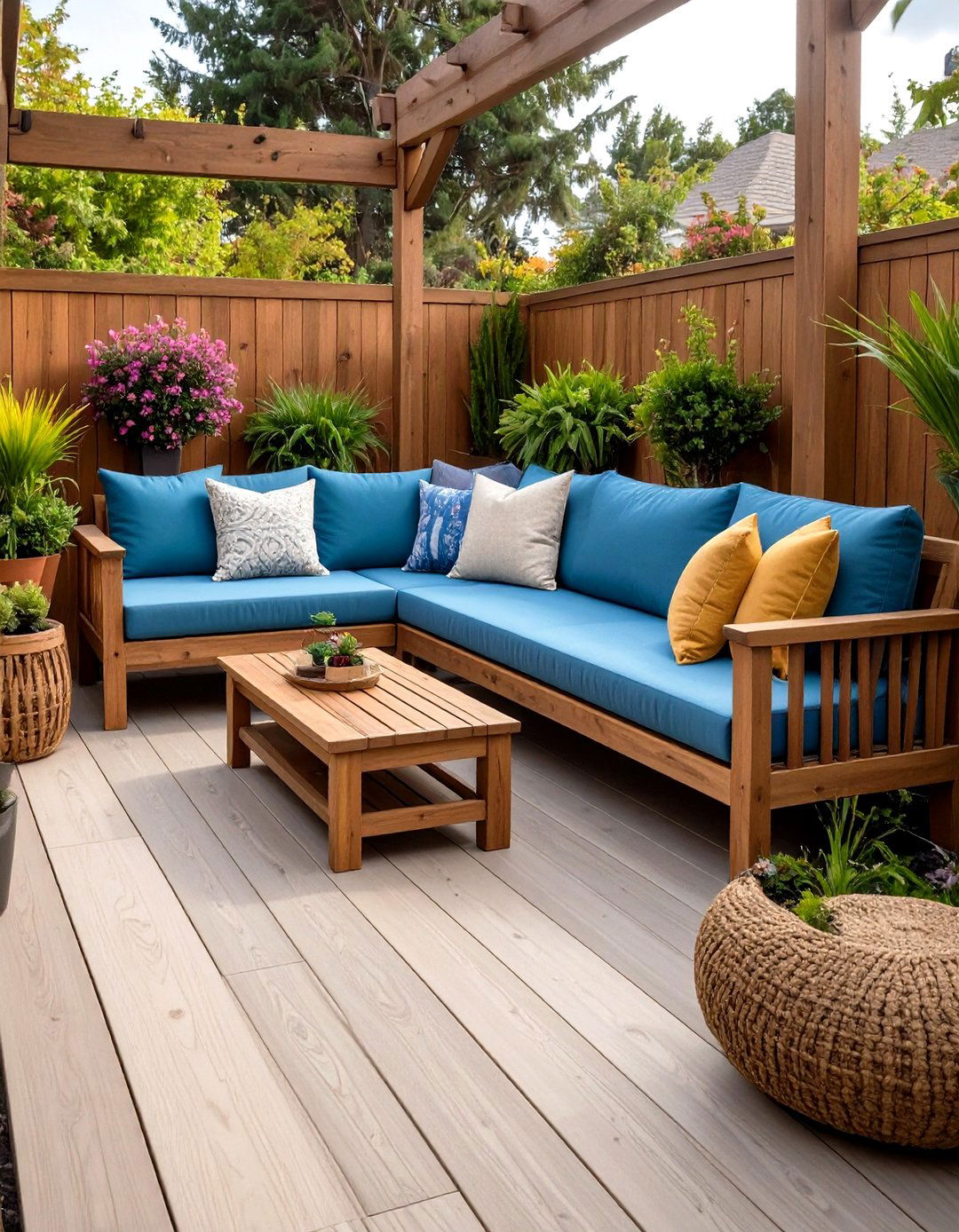

Leave a Reply